LAST UPDATED – 2/13/24 – Quito, Ecuador Visitor Guide
While many countries sit along the world’s equator, few of them come to mind with travelers as much as the country of Ecuador in South America. In fact, the country is named after its geographic proximity to the Equator, making it one of the only countries in this world that are named after a geographic feature. However, there is much more to this fantastic country of over 16 million people than its name.
At 9,252 feet (or 2,820 meters) in elevation, the city of Quito, which is Ecuador’s capital city, is the second-highest capital city in the entire world. Not only that, but the city of Quito was also one of the very first World Cultural Heritage Sites designated by UNESCO back in 1978.
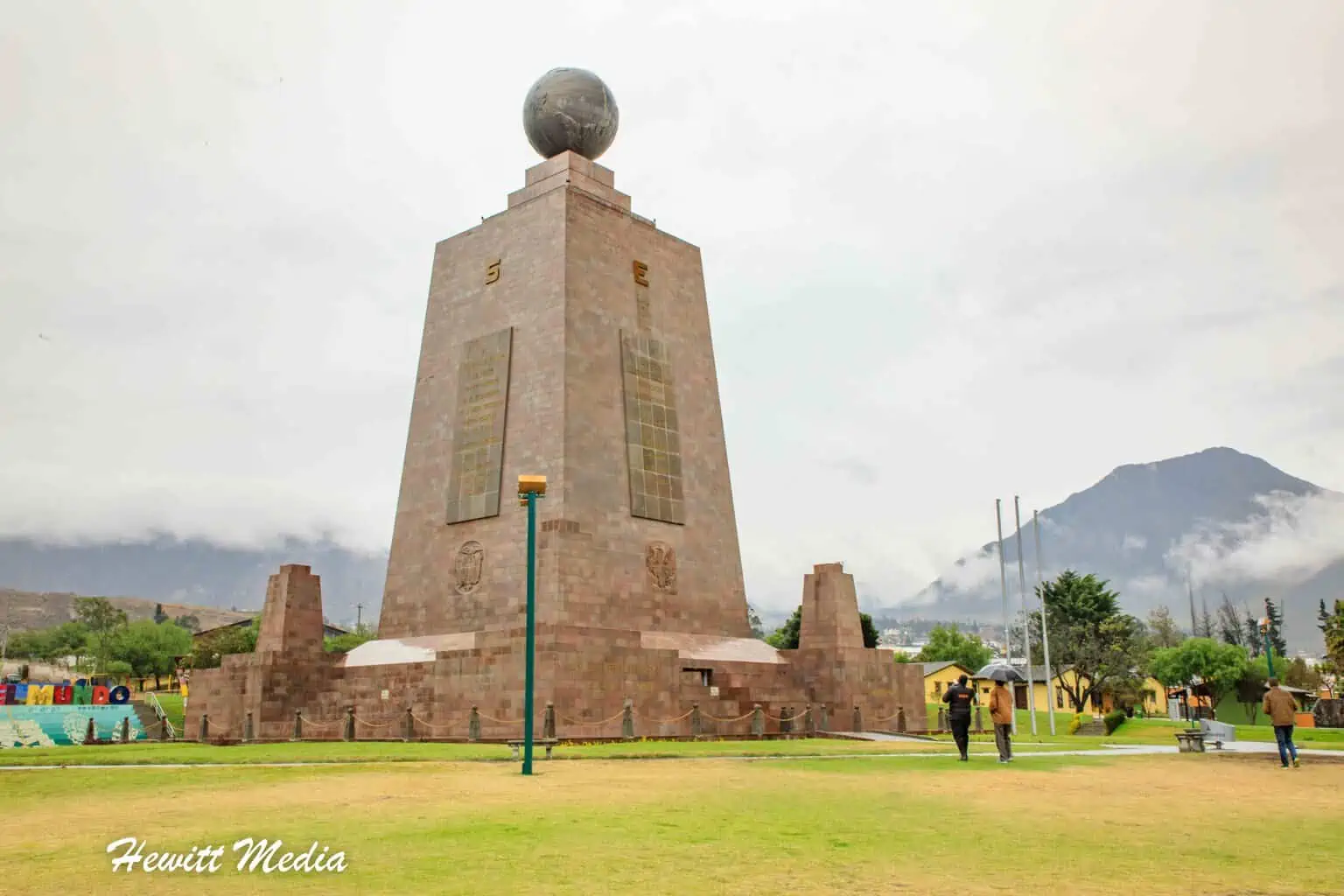
The city’s beautiful historic center, with its cobblestone streets and beautiful 16th-century stone houses, is absolutely beautiful. Touring this area of the city alone is worth a visit to Quito. Not to be forgotten, Quito is the perfect city to fly into to launch a trip to another Ecuadorian treasure, and the world’s very first Cultural Heritage Site, the infamous Galápagos Islands.
In this Quito, Ecuador visitor guide, I am going to give you all of the information you need to plan a successful trip to Quito. I cover the best times to visit and the best ways to get there so that you can maximize what you can see and do on your trip. In addition to this, I also outline the top things to see and do while you are there and where the best places to stay and eat are. With this information in hand, you can be confident that your trip to Quito will be one that you remember for the rest of your life.
Quito Visitor Guide Navigation Menu
At a Glance
Before you start making any travel plans, you need to be sure you meet the country’s entrance requirements. This includes all of the passport, VISA, and immunization requirements for Ecuador.
In addition, you need to make sure you have a clear understanding of what languages they speak in Ecuador. This way, you can plan any translation needs you may have. Not only that, but you will need to know what currency they use in Ecuador. Knowing this, you can plan to exchange currency before your trip if necessary.
I have included some of this key information in my Quito, Ecuador visitor guide below for you to review as you start to make your travel plans.
| Passport requirements exist. See below for details. | |
| Immunization recommendations are listed below. | |
| The official language in Ecuador is Spanish. | |
| The official currency in Ecuador is the United States Dollar. |
Passport Requirements
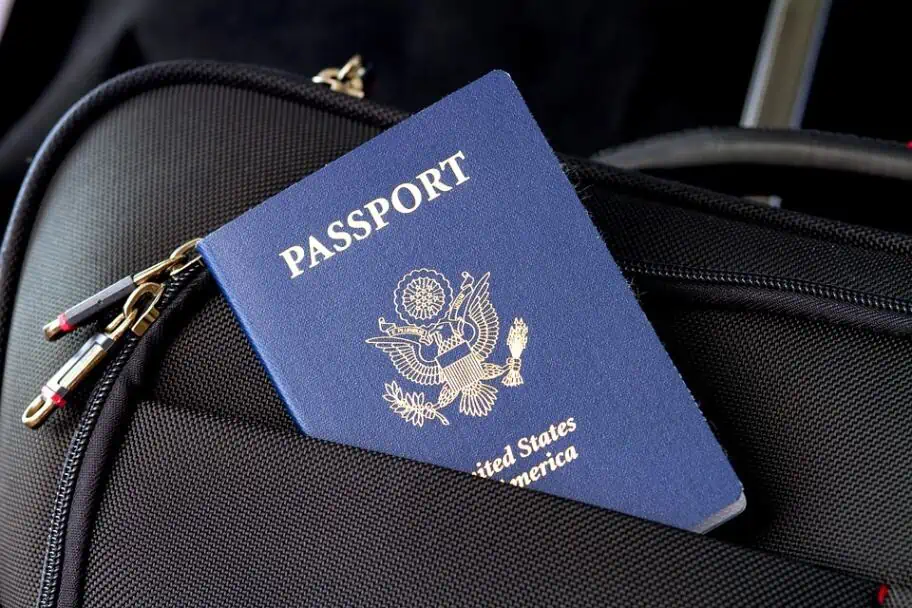
To enter Ecuador, you must have a passport that is valid for 6 months after the date on which you enter the country. If you plan on staying in Ecuador for 90 days or less, you will not need a VISA to enter the country.
| Passport Validity | Blank Passport Pages | Tourist VISA Required? |
|---|---|---|
| At least six months beyond departure from Ecuador | One Page. | Not for stays less than 90 days in any 12-month period. |
Travel Insurance
Before you head to Ecuador, I would recommend that you purchase travel insurance. You will want to have this in case something happens and you have to either postpone or cancel your trip. It would also be a great idea to purchase emergency medical evacuation insurance.
Should an emergency occur and you need to be medically evacuated from the country, that could cost you tens of thousands of dollars. For more information on protecting yourself and your trip with travel insurance, please review the article I have included in my Quito, Ecuador visitor guide below.
| READ MORE: |
 |
| Have a Back-up Plan for your Travel Plan |
Travel Immunizations
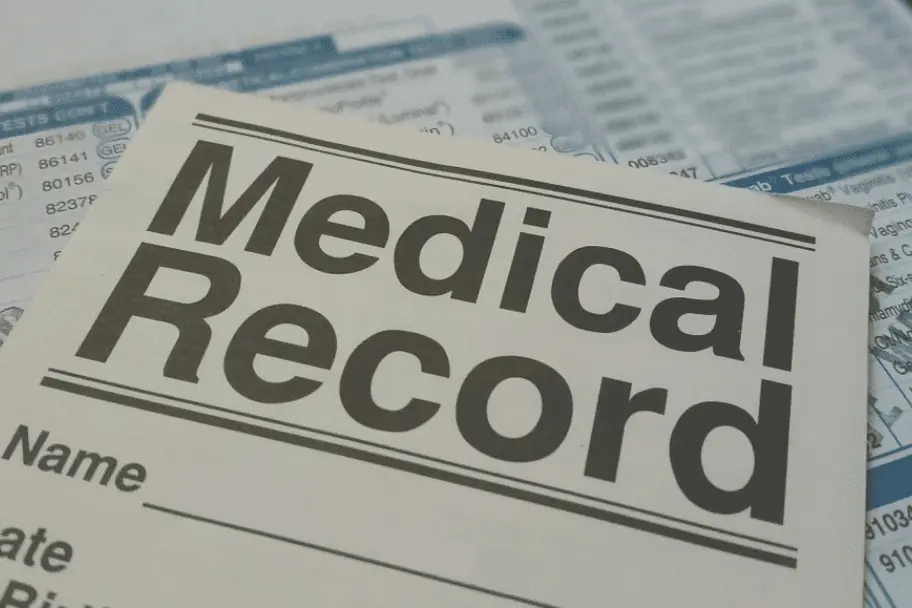
Before you leave for your trip to Ecuador, you need to make sure you have all of the proper vaccinations. Not only to protect yourself but to protect others. You may have questions on what immunizations you need and what to look out for when getting them. If you do, I have included some general guidelines I can pass on to you from my experience below.
- Most specialized travel clinics will not accept insurance so you will have to pay for your travel consultation and immunizations and then request reimbursement from your insurance company later.
- Some immunizations aren’t accepted by every insurance company, so check with your insurance provider before getting your immunizations.
- Check with your regular doctor first, as often they can do a travel consultation for you and write you the necessary prescriptions for your immunizations, even if they aren’t able to give them to you. This way you can ensure that at least your travel consultant will be covered by your insurance up-front.
- Check with Walgreens or other drug stores that give flu shots to see if they have any of the immunization shots that you require before going to a specialized clinic that doesn’t accept insurance to get them. Walgreens can give you many of the immunizations necessary for international travel, and they accept insurance up-front.
- The Centers for Disease Control (CDC) website can be a great resource for answering any travel immunization questions that you have.
Ecuador Immunization Recommendations
You may be wondering what vaccinations your physician will recommend. In case you are, I have compiled a list of what you might expect your doctor to recommend below.
- Typhoid (either a shot, which is good for 2 years, or a live virus pill, which is good for 4 years).
- Yellow Fever (The Yellow Fever vaccination is not required to enter Ecuador unless you are 1 year of age and older coming from – or who are in airport transit for more than 12 hours in – Brazil, the Democratic Republic of the Congo, and Uganda. Please see the Centers for Disease Control (CDC) map of the areas where a Yellow Fever vaccination is recommended for more detail. You can also refer to the IAMAT website for more details on the Yellow Fever Vaccination Requirements for Ecuador).
- Hepatitis A & B (if you haven’t had them).
- Tetanus (if you aren’t current).
- Dukoral (gives you 3-month protection against travel diarrhea).
- Flu Shot
Packing Tips
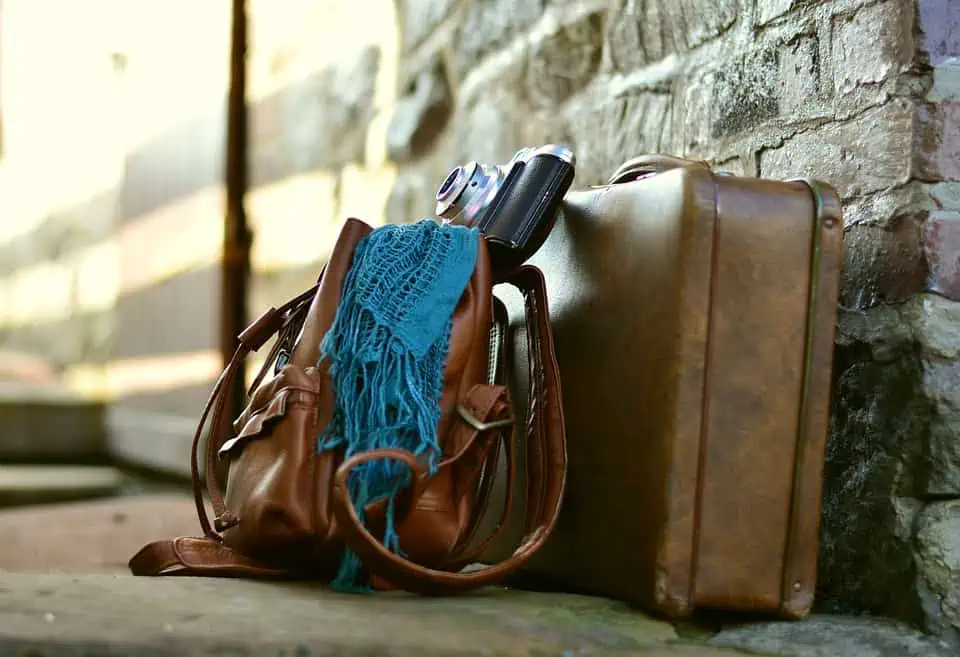
Outside of knowing the entry and immunization requirements, there is no pre-travel task more important than packing. Don’t worry, I am here to make sure you are packed and prepared for your trip. I have included links to my packing resources in my Quito, Ecuador visitor guide below for you to review.
| READ MORE: | |
 |
|
| The Ultimate Travel Packing Check List | |
| READ MORE: | |
 |
|
| The Essential Carry-On Checklist | |
Top Things to See and Do in Quito, Ecuador
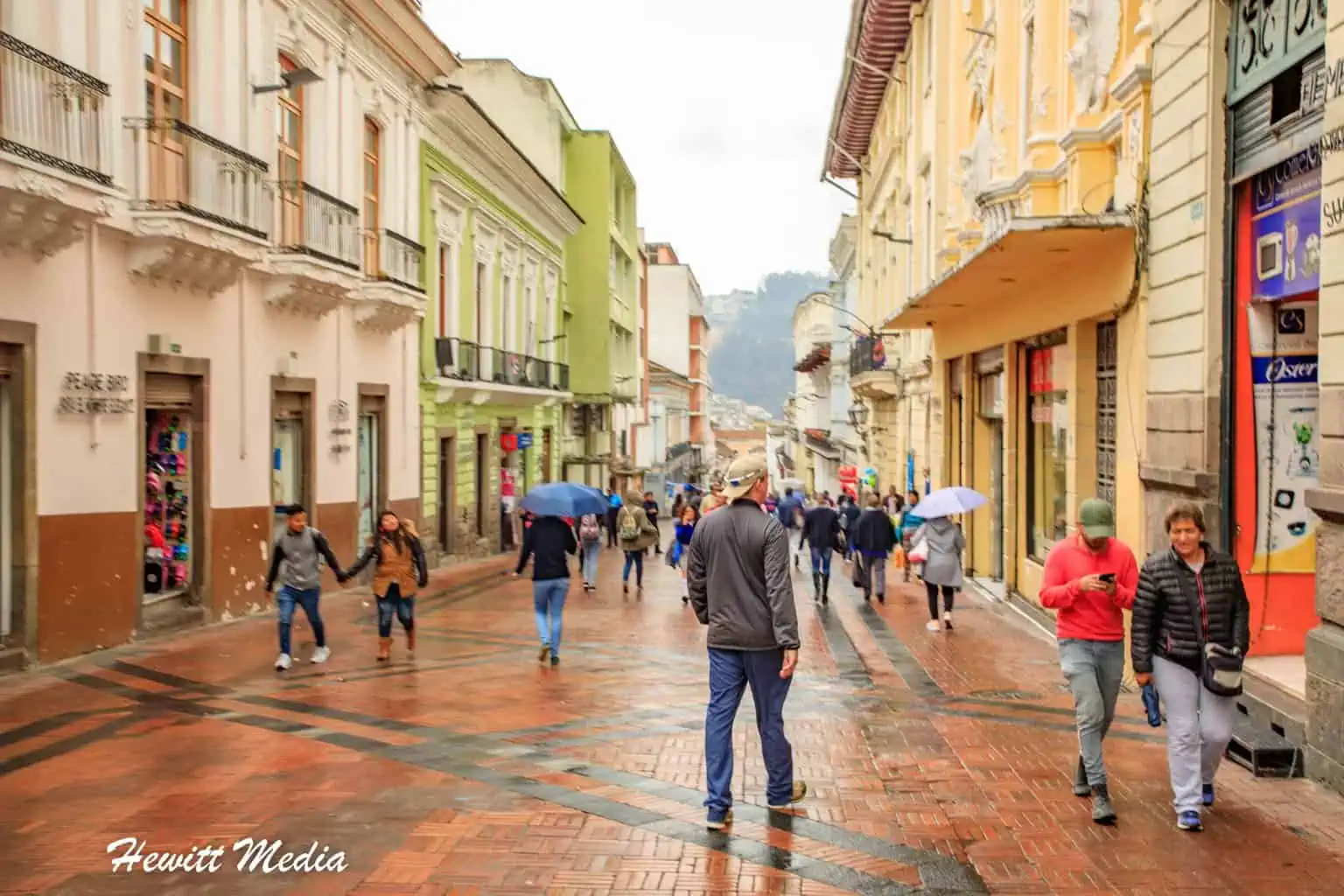
In addition to being one of the best spots to fly into to begin an adventure to the Galápagos Islands, there are plenty of amazing things to see and do in the city of Quito itself. Quito seems to have something for every type of traveler to enjoy. The beautiful old town section of the city is great for those who love history and architecture.
The spectacular local cuisine is sure to excite even the pickiest of foodies. And not to forget, the city’s breathtaking plazas and cathedrals are some of the most beautiful in South America. To assist you in filling out your itinerary, I have included some of my favorite things to see and do in Quito for you to review in my Quito, Ecuador visitor guide below.

Mitad del Mundo
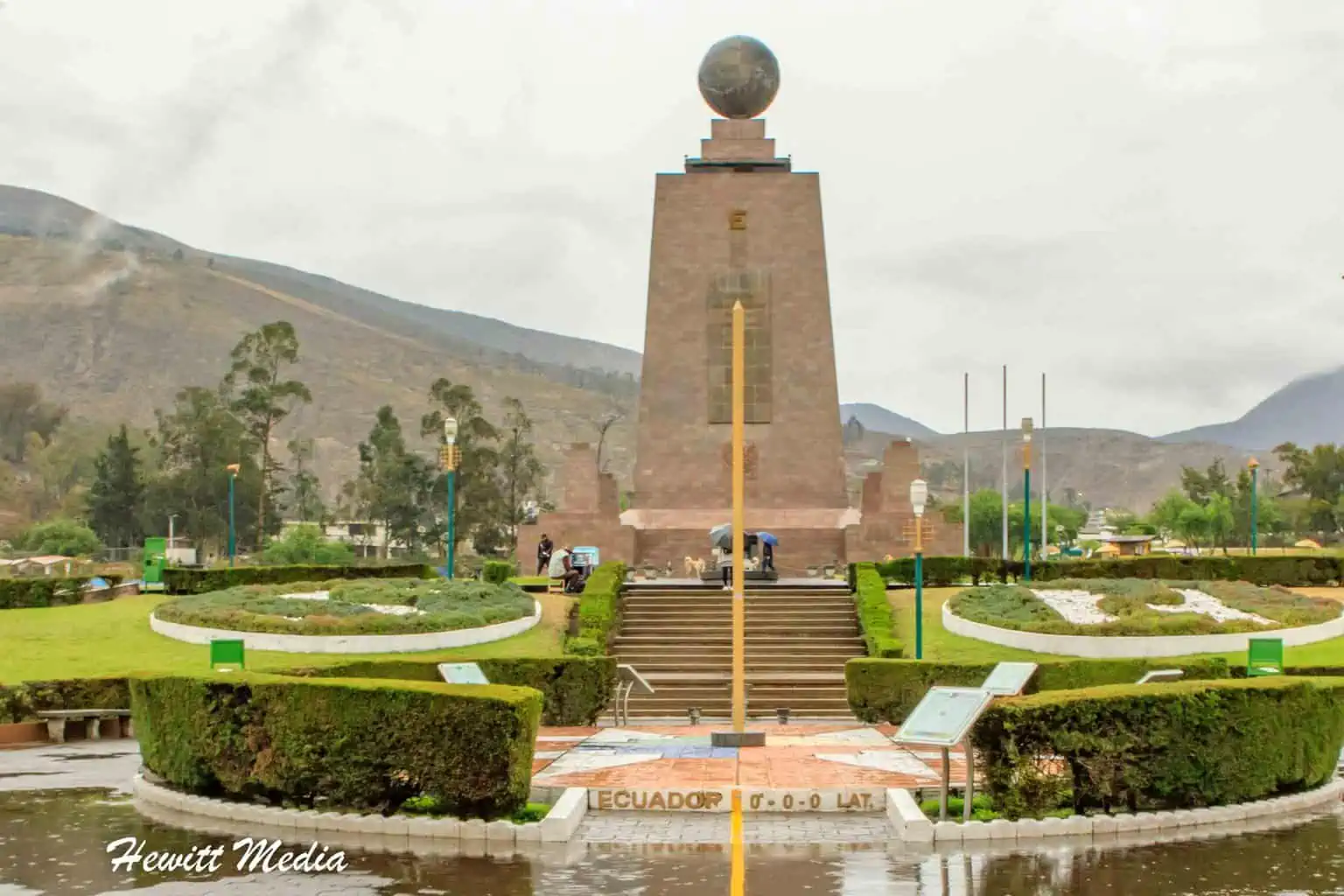
If there is one thing you absolutely cannot miss when you visit Quito, it is a trip to the Equator. While the Mitad del Mundo monument doesn’t sit on the exact Equator, it is the most famous monument in the world celebrating this important geographic landmark. The Monument to the Equator at Mitad del Mundo was built in the 18th Century and the measurements they took at the time weren’t as precise as the measurements we can do today.
The result is that the monument is roughly 240 meters off from the exact line of the Equator. Still, the monument is cool enough that I would absolutely recommend visiting. It is a quick 1.5 hours outside of Quito, so you will either need to rent a car or purchase a tour. While you are out there, you can make the short trek from Mitad del Mundo to the nearby location of the actual Equator, which is located at the nearby Museo de Sitio Intiñan.
Iglesia de la Compañía de Jesús
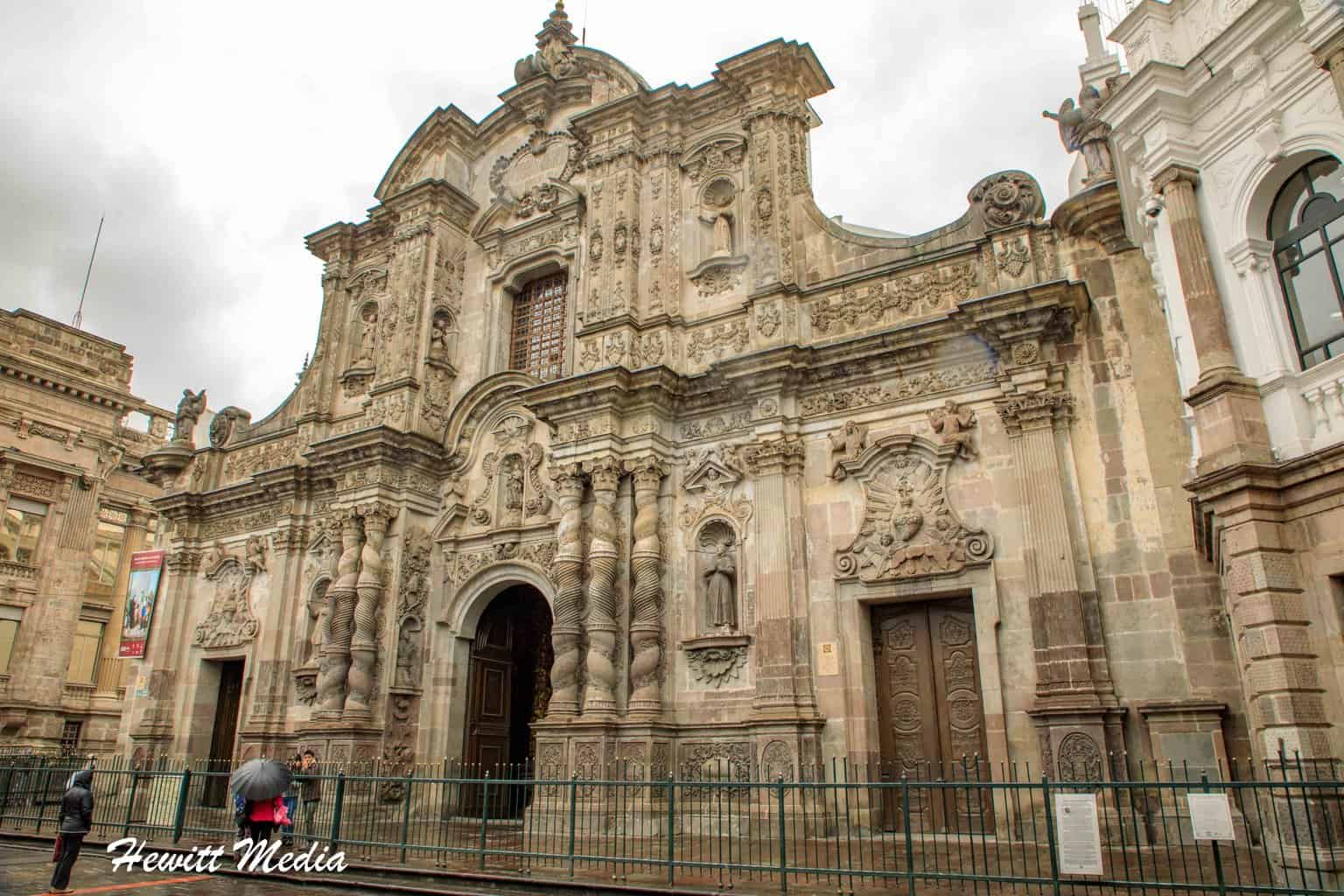
Without a doubt, the Iglesia de la Compañía de Jesús is one of the most beautiful churches that I saw while in South America. Construction on this stunning, Spanish Baroque-styled church began in 1605 and was completed nearly 160 years later.
In addition to being one of the most ornate buildings in all of Ecuador, it is widely considered to be one of the most beautiful churches in all of South America. Beyond the stunning architecture, the church also showcases 44 paintings and 56 sculptures by local artists, which include the infamous “16 Prophets” by Nicolás Javier de Goríbar and sculptures of the Holy Trinity by Bernardo de Legarda.
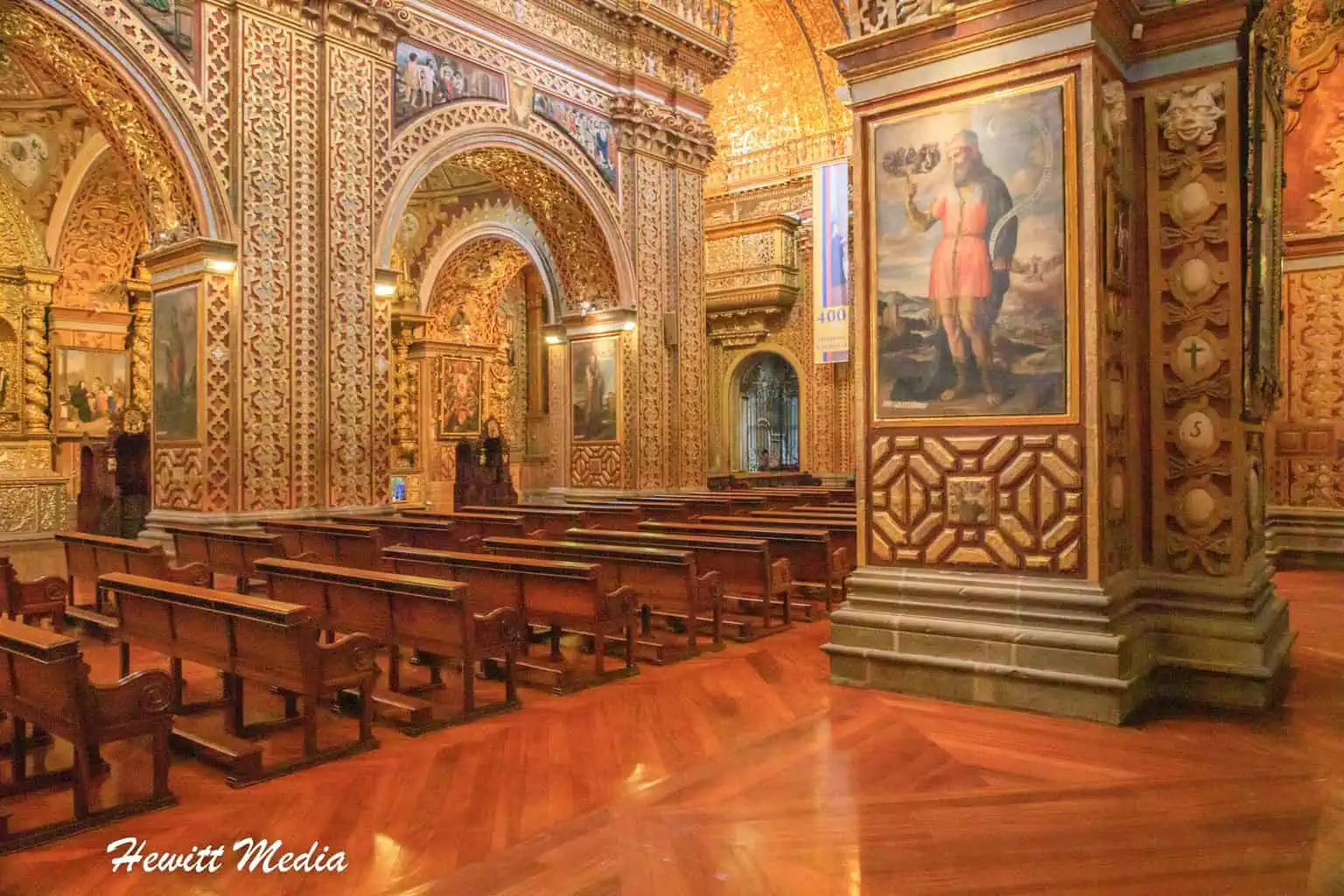
The church is located along García Moreno and Sucre in the historic center of Quito, about a block to the southwest of Plaza Grande. It is open to the public from 9:30 a.m. to 6:30 p.m. Monday to Thursday, 9:30 a.m. to 5:30 p.m. on Friday, 9:30 a.m. to 4 p.m. on Saturday and 12:30 p.m. to 4 p.m. on Sunday.
TelefériQo
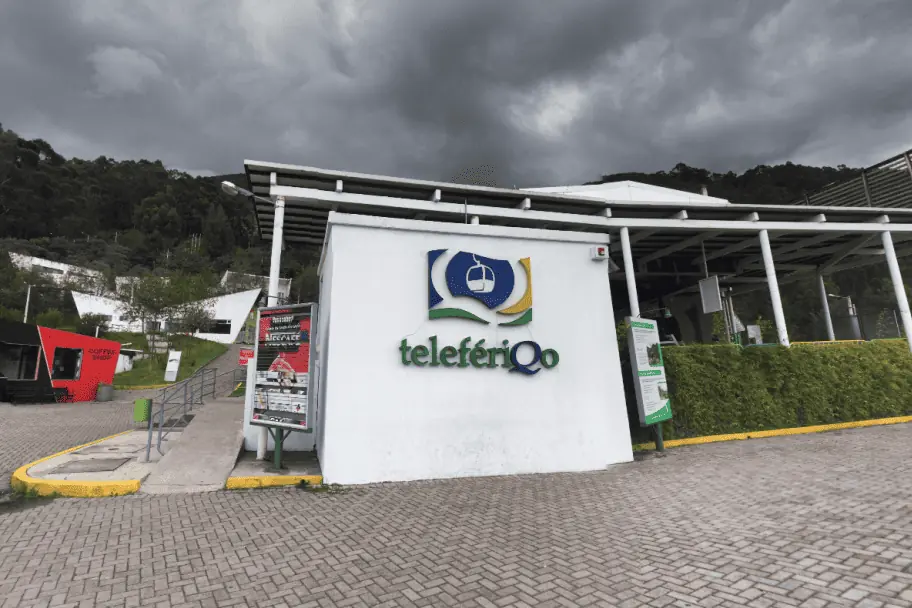
One of the things that make the city of Quito so beautiful is its prominent location at the foothills of the Andes Mountains. The best way to appreciate the stunning views of this high-altitude city is to take the city’s famous TelefériQo cable car up to the foothills of Pichincha Volcano above the city.
The TelefériQo rises from 10,226 feet (3,117 meters) to 12,943 feet (3,945 meters), making it one of the highest aerial lifts in the world. From the top, you can get some absolutely stunning photographs of Quito in all its glory. Before you head back down, you can also choose to take a walk on the volcano, which I strongly recommend.
Virgin of El Panecillo
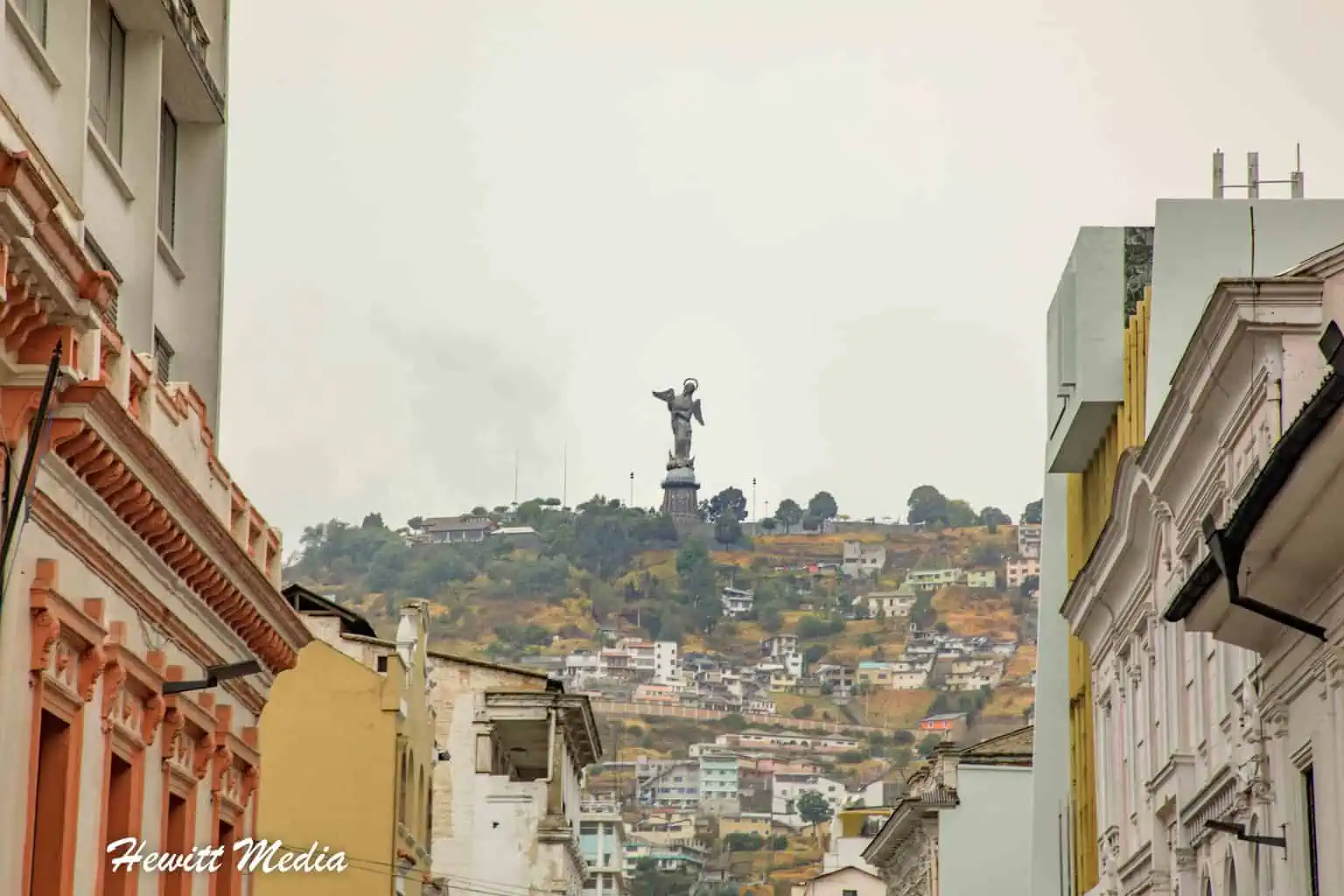
One of the most recognizable landmarks in Quito sits up on the bluffs overlooking the heart of the city. From its perch on the bluffs, the Virgin of El Panecillo looks over the town and its residents.
Inaugurated in 1976, the nearly 150-foot-high statue made of aluminum sits over 650 feet above the city, so it can be seen from various points around the old-town section of Quito.
If you are up for a walk, you can hike to the statue and even enter inside and climb up to the top. From there, you will be treated to some truly spectacular views of Quito.
Parqueadero Basílica del Voto Nacional
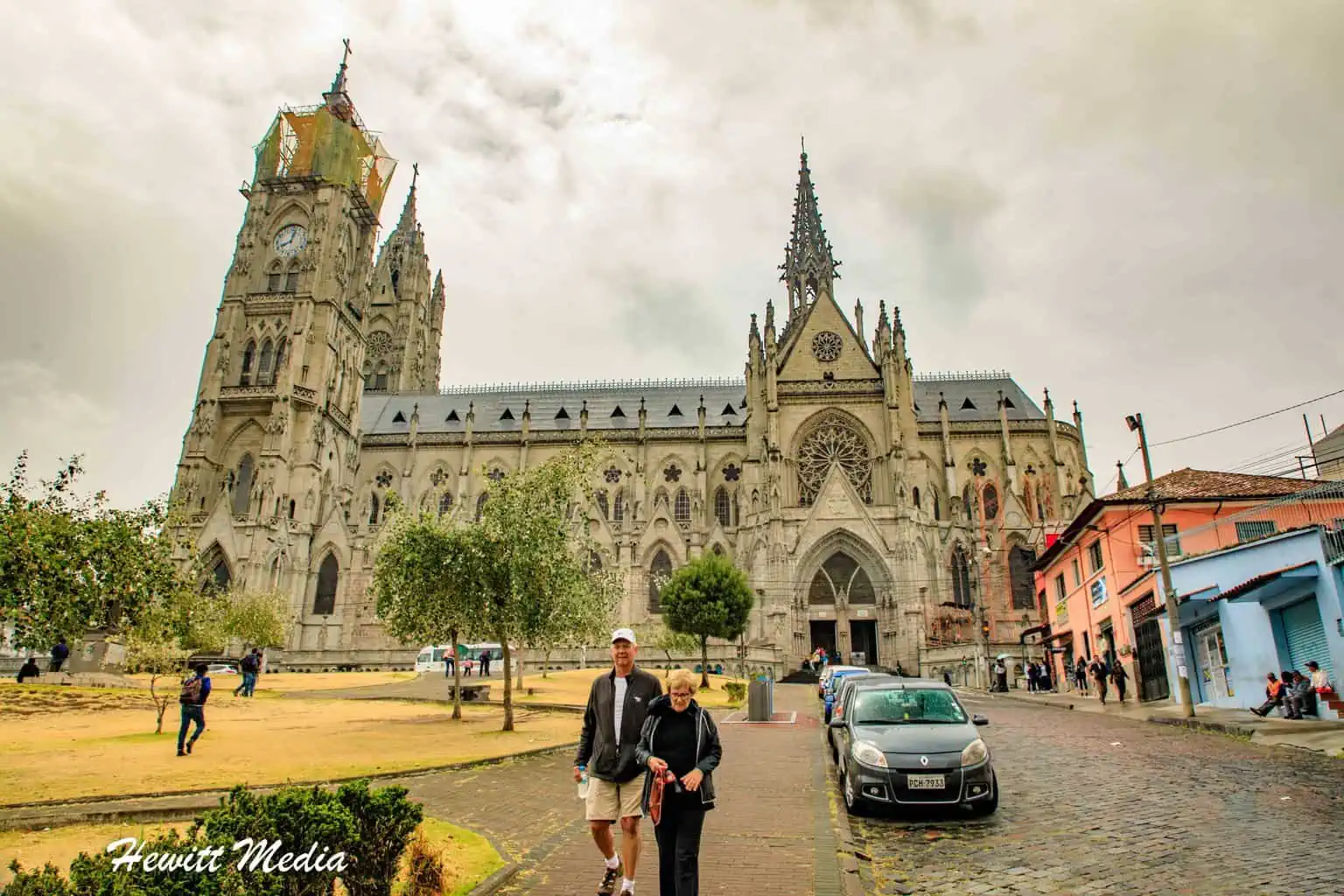
If you love beautiful and historic churches, then you won’t want to miss out on visiting the Parqueadero Basílica del Voto Nacional. It is the largest neo-Gothic church in South America that is part of some interesting if not troubling, superstitions. According to legend, if the construction of the basilica is ever officially completed, the world as we know it will end.
That alone sets this church apart from many others that you will visit in South America and throughout the world. The inside of the church is as beautiful as the exterior, with a long central nave that has two smaller, adjoining naves. Throughout the basilica, you will find the most beautiful stained glass windows.
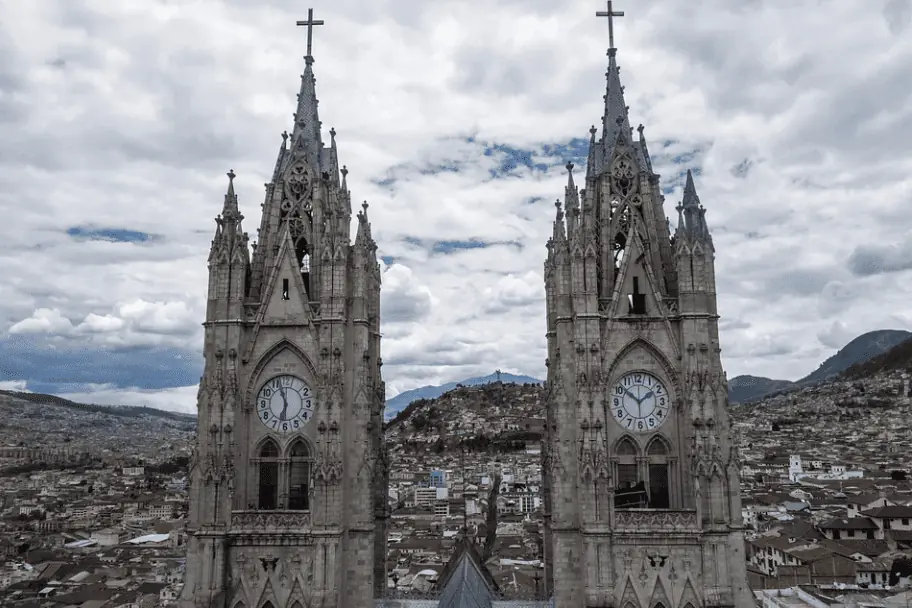
The gargoyles on the exterior of the basilica represent some of the native animals you will find in Ecuador, including iguanas, tortoises, armadillos, and condors. If you decide to visit, the $2 entry fee that you pay to enter also allows you to ascend to the top of one of the two towers of the church. If you are up for the climb, the views from the top are well worth the effort.
Plaza de la Independencia
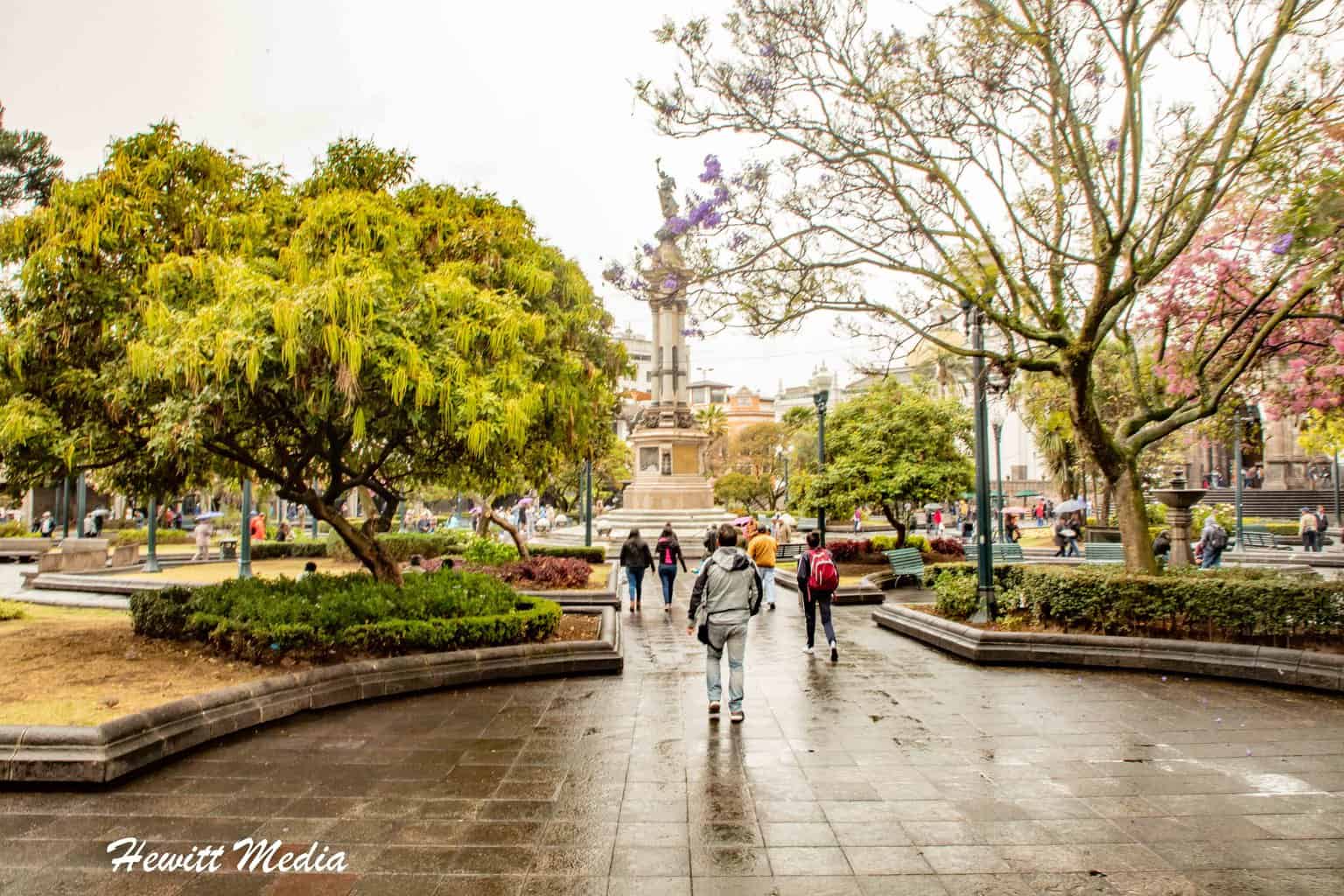
In the heart of the beautiful historical center of old Quito, Plaza de la Independencia, which is known colloquially as Plaza Grande, is one of the busiest and most well-known plazas in Quito. The square is not short on history, with the Heroes of the Independence statue in the square’s center and four of the city’s most historical buildings surrounding it.
Among these are the Presidential Palace, the Municipal Palace, the Archbishop’s Palace, and the Cathedral of Quito. If you are going to visit the plaza, I would strongly recommend you try and visit on a Monday morning. This is when the “Changing of the Guard” occurs at the Presidential Palace, and it is a wonderful tradition to witness.
Catedral Metropolitana
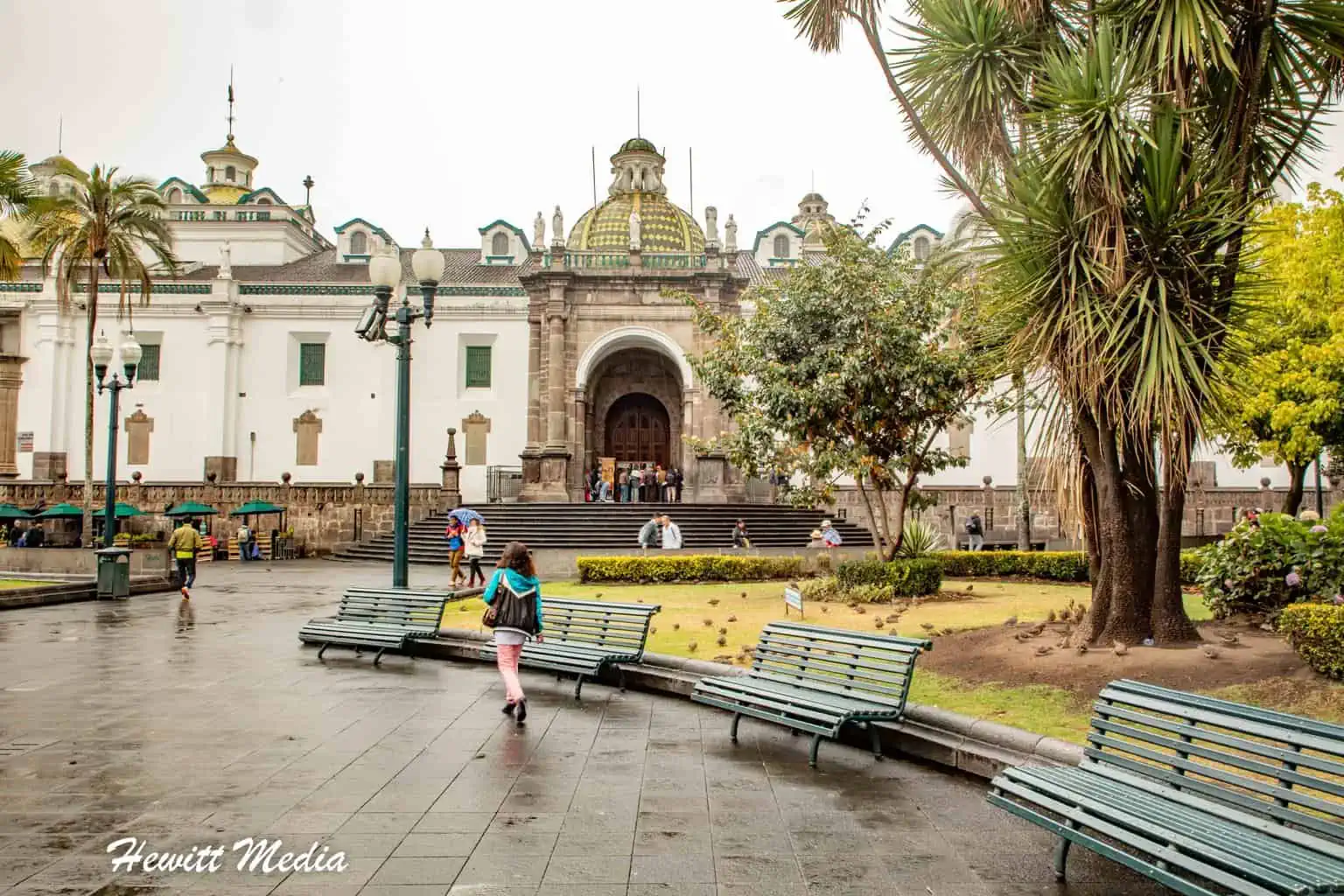
Though it has had to survive numerous natural disasters including a volcanic eruption and an earthquake since being constructed in the 16th Century, the Catedral Metropolitana de Quito still stands and attracts flocks of visitors to this day. While the exterior of the church is a clean white, the interior of the church showcases several colorful murals, marble columns, and decorative gold.
The church is so important to the people throughout Ecuador that it was officially declared the country’s most important church back in 1995. If you decide to visit, the price of entry includes a guided tour that you should take advantage of. The tours are in both Spanish and English and include a wealth of historical information about the church and city.
Plaza de San Francisco
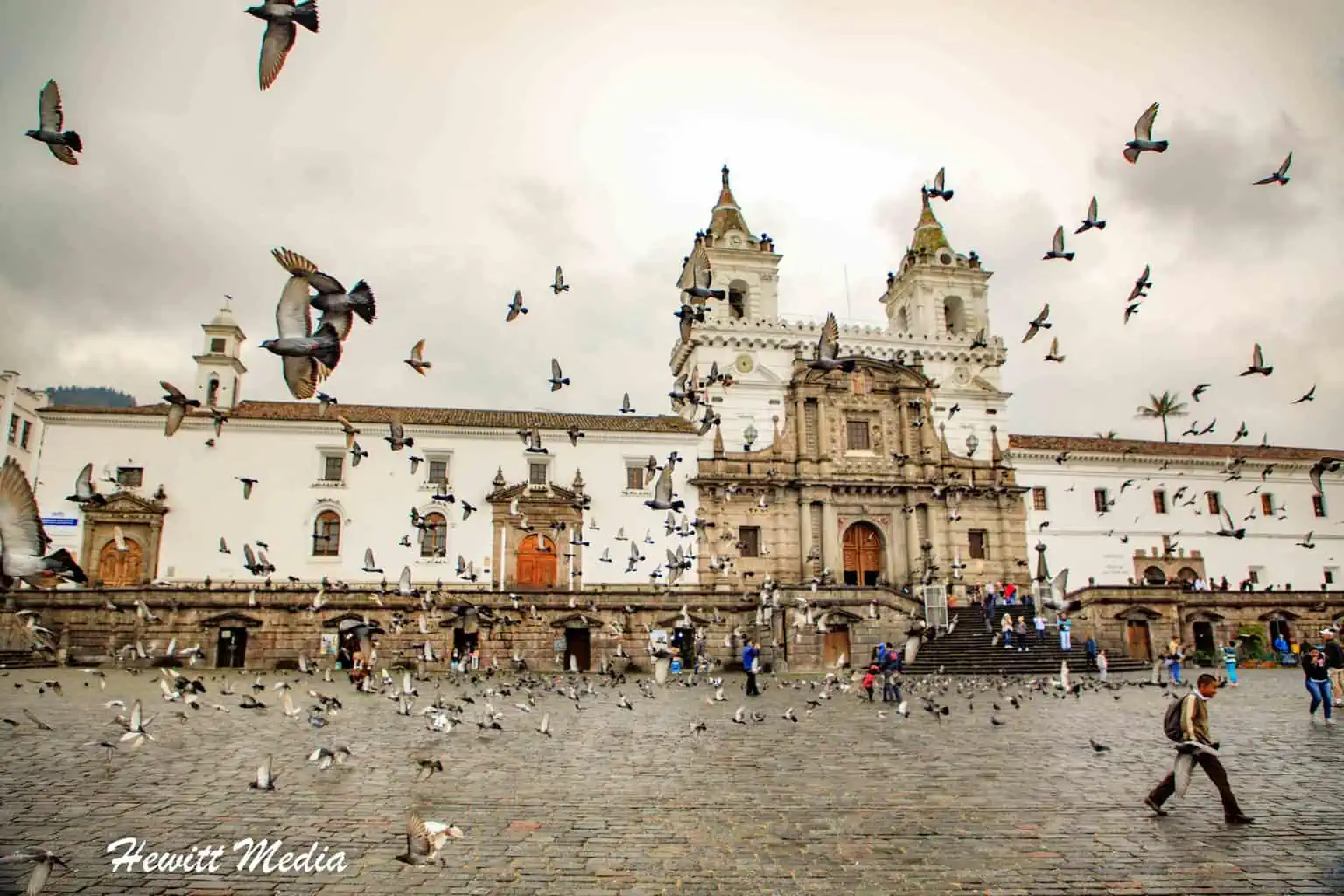
There is a lot of history to see in Quito’s historical old town. With its cobblestone streets and old buildings, touring this area will really take you back in time. Perhaps the place where this is more true than anywhere else in the old town is the infamous Plaza de San Francisco. Throughout much of the history of Quito, the Plaza de San Francisco was the place where people would congregate to trade. Today, the plaza is a place to congregate in a cafe to enjoy the company of your friends and to people-watch.
What hasn’t changed is the beautiful Monastery of San Francisco, which still sits in the plaza to this day. If you’re interested in touring the monastery, there is a great collection of 16th-century artwork and beautiful, intricate furniture inside. You will also note a collection of images of the sun that decorate the interior.
These were used by the monks of the monastery to try and convert the native people to Christianity when the monastery was opened. With so much history, it is little surprise that the Plaza de San Francisco and the Monastery of San Francisco are two of the biggest tourist attractions in Quito to this day.
Shop at the Mercado Artesanal La Mariscal
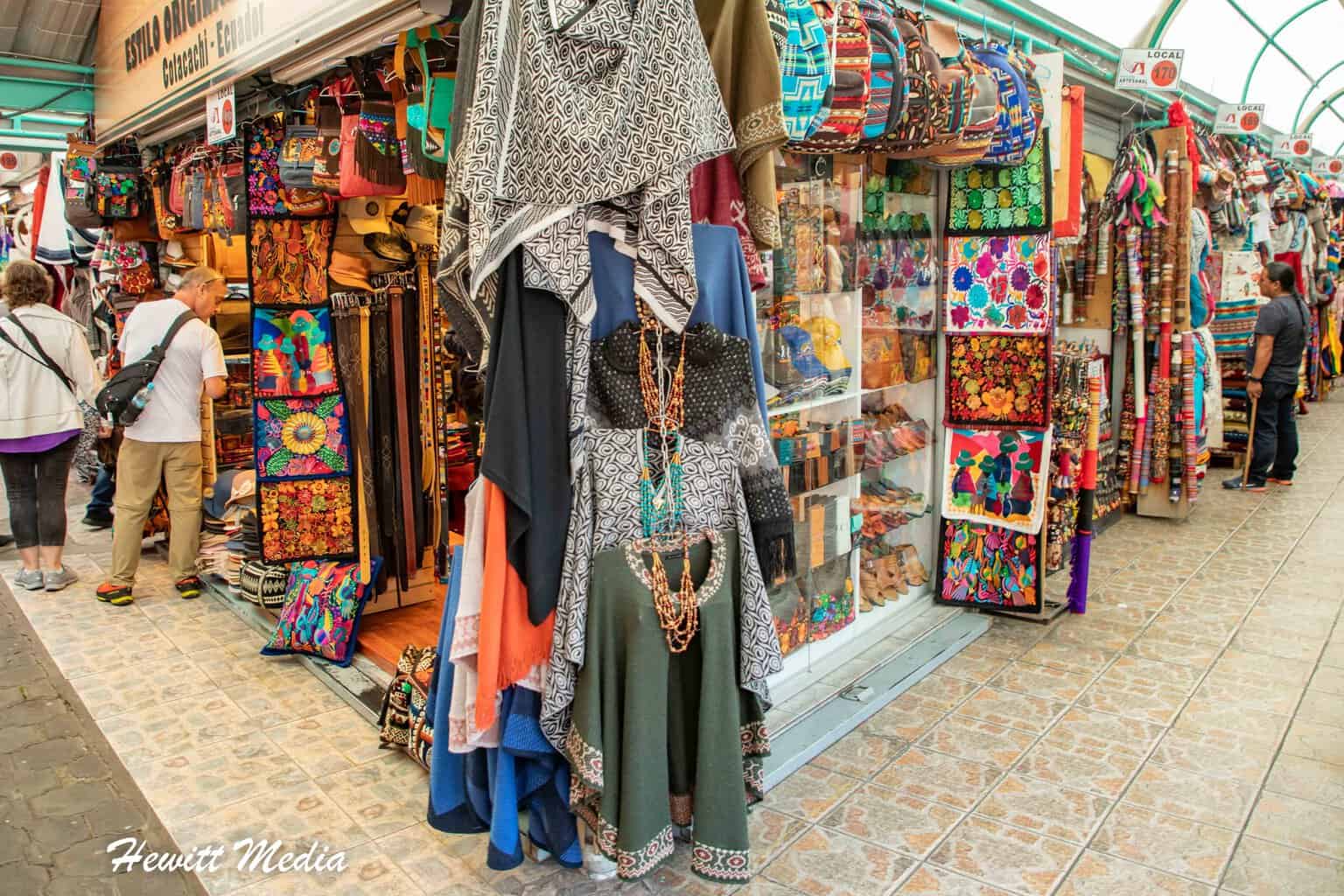
For those of you who love to do some shopping when you travel, one place that you will not want to miss out on visiting when you are in Quito is the artisan market. The Mercado Artesanal La Mariscal is an indoor/outdoor market with vendors that sell a wide variety of hand-made goods and other items.
You will find a good selection of clothing, jewelry, art, handbags, leather goods, and much more on the market. Make sure you bring your haggling skills and have some fun bartering for deals on souvenirs to bring home.
Try the Street Food Near Parque El Ejido
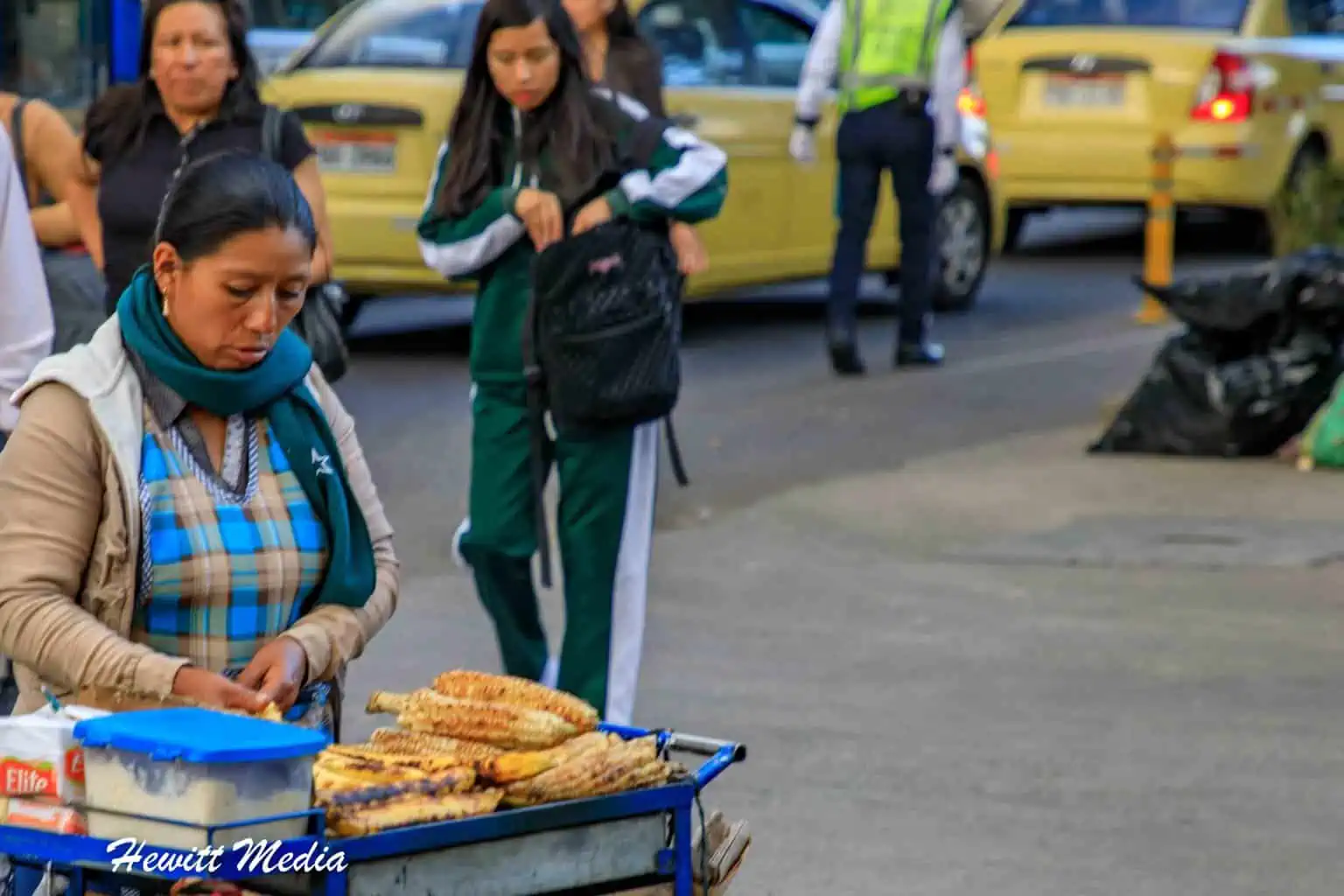
Before you leave Quito, you absolutely have to try the wonderful street food in the city. One of the best places to find great street food in the city is on the outskirts of Parque El Ejido. You will find quite a few street vendors set up along Avenida Patria selling some delicious food you will want to try. Here is a sample of some of the food you might find when you visit:
- Tortillas – These potato patties typically include sausage and are topped with a fried egg, chopped lettuce, tomato, and rice.
- Tripa Mishki – If you are on the adventurous side, this dish is something you might want to give a try as it is one of the most popular dishes in Ecuador. Consisting of seasoned and fried intestines, the texture takes a while to get used to.
- Empanadas de Viento – This dish is my absolute favorite in Ecuador. These tasty empanadas are filled with cheese and then deep-fried and sprinkled with sugar. Make sure you grab more than one as they are both very light and incredibly addicting.
- Seco de Pollo – This chicken stew is typically served with rice, boiled egg, and potatoes. It is so popular with the locals that it has become a staple in Ecuadorian cuisine. Though you will find this dish throughout Ecuador, the city of Quito is known for having some of the best.
How to Get to Quito, Ecuador
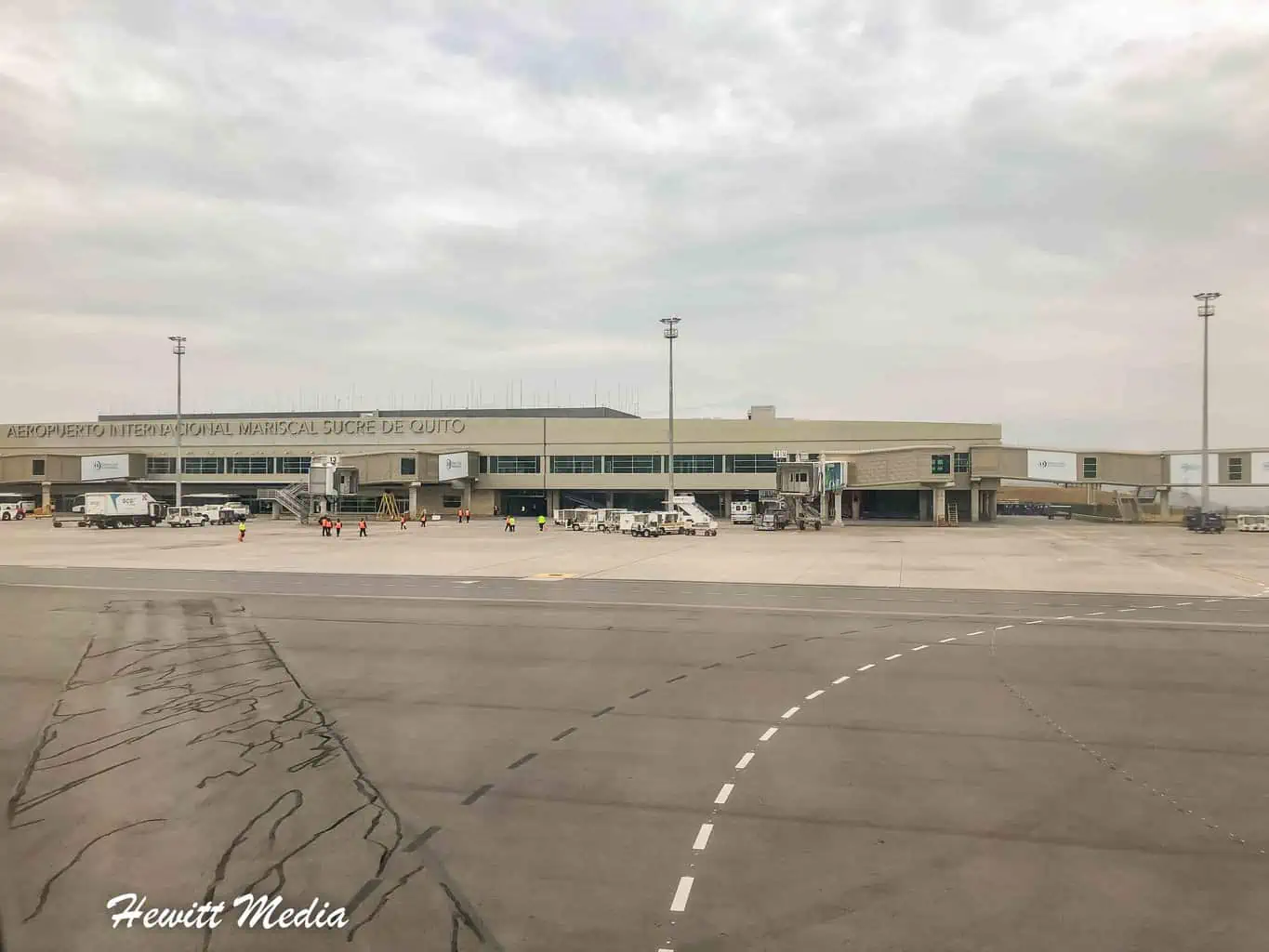
If you are visiting Quito from outside of Ecuador, the best way to visit is to fly into the city’s international airport. There is a wide range of international flights into and out of Mariscal Sucre International Airport (UIO) every day, so you should have plenty of options. If you are visiting Quito from other areas of Ecuador, the easiest way to travel between cities is by airplane.
There are several airports throughout Ecuador that you can take advantage of for your travel needs. To assist you in your planning needs, I have included a map of the country’s many airports for you to review in my Quito, Ecuador visitor guide below.

The Basics of Bus Travel
If you are looking for a cheaper way to travel throughout Ecuador, your best bet is to use the country’s bus system. From Quito, there are two main bus terminals: Quitumbe and Carcelén. From here, you can visit many of the cities throughout Ecuador in a relatively reasonable amount of time.
As a general rule of thumb, plan on paying between $1-$1.50 per hour for bus travel in Ecuador. For instance, I have included some examples of travel times and costs for you to review in my Quito, Ecuador visitor guide below.
- Quito to Canoa = 6 hours ($6-$9)
- Quito to Guayaquil = 8 hours ($8-$12)
- Quito to Cuenca = 9 hours ($9-$13.50)
- Quito to Montañita = 10 hours ($10-$15)
- Quito to Baños = 3.5 hours ($3.50-$5.25)
- Quito to Tena = 6 hours ($6-$9)
- Quito to Coca = 7 hours ($7-$10.5)
- Quito to Otavalo = 2 hours ($2-$5)
Bus Safety
While you are generally safe from violent crime while traveling by bus in Ecuador, the buses are known to be frequented by pickpockets. If you are traveling with luggage in the bus’s hold, I would recommend locking your bags if possible.
If you don’t have luggage locks, just make sure your luggage is closed well. I would recommend keeping anything of value with you in the passenger compartment.
If you are keeping a carry-on bag with you in the passenger compartment of the bus, do not put your bag in the overhead storage or on the floor. Instead, keep your bag with you on your lap while on the bus. This will prevent anyone from having convenient access to your bags.
Best Times to Visit Quito, Ecuador
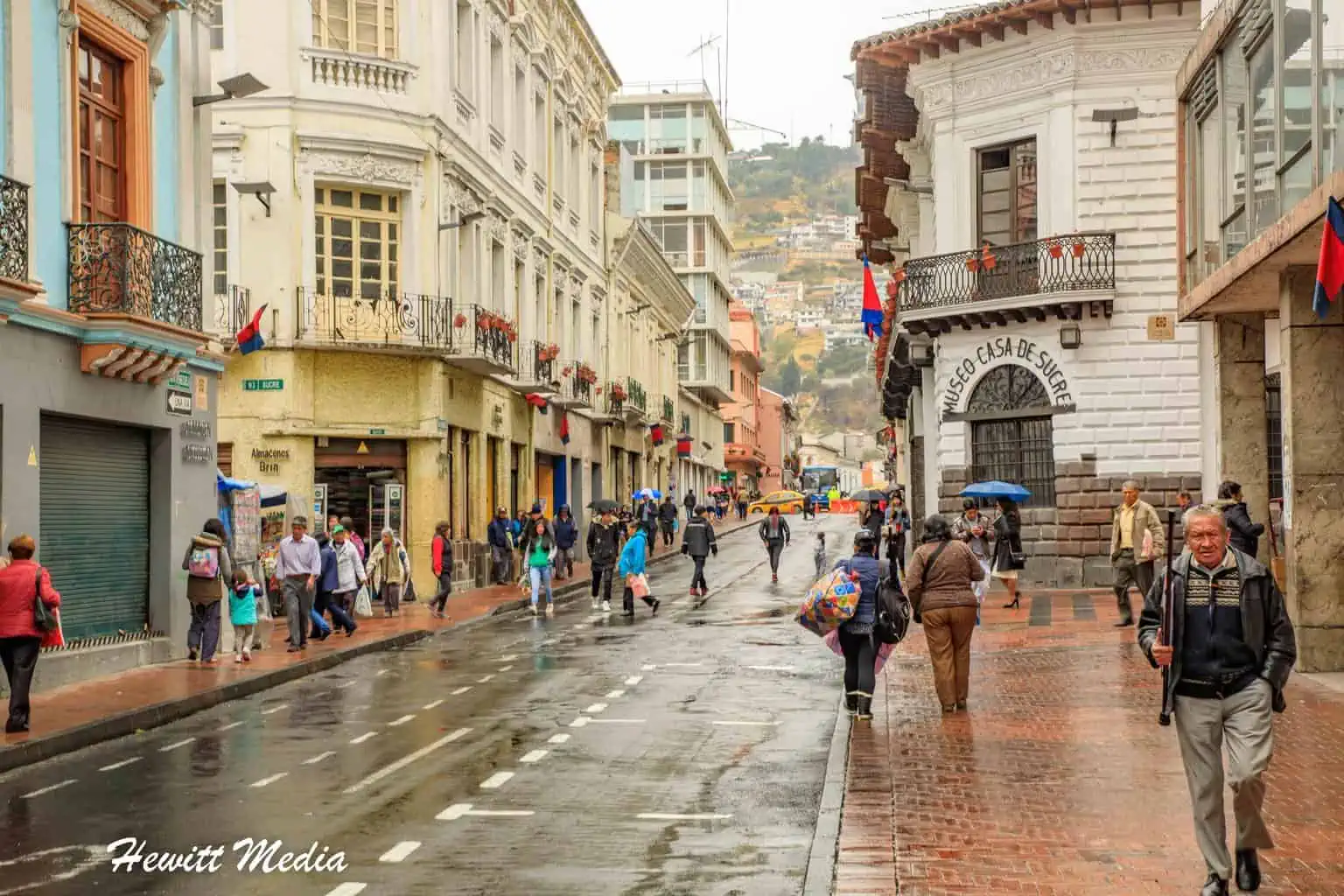
The city of Quito is located in a subtropical highland climate. At an altitude of roughly 9,350 feet (or 2,850 meters) and a location right on the Equator, the city has a fairly constant cool, but not cold, climate. Throughout Ecuador, the climate in the country is divided into two primary seasons – the wet season and the dry season. The dry season lasts from Jun through August, while the rest of the year sees a fairly high amount of rainfall (especially between February and April).
While the dry season may seem like an ideal time to visit Quito because of the nice weather, it is also the busiest time of year for tourism in the city. If you visit during the dry season, expect to see larger crowds at the popular tourist spots. It is also the best time to visit the Galápagos Islands, so there is a greater number of tourists traveling through Quito on their way to the islands as well. Perhaps the best months to visit are the shoulder months of May and September. These months tend to still be relatively dry, but there are also typically fewer tourists visiting during these months as well.
Average Temperature (°F)
One of the remarkable things about the weather in much of Ecuador, and especially Quito, is the consistency of the high and low temperatures throughout the year. Because the city sits right on the Equator and at a high altitude, the high temperature throughout the year fairly consistently reaches the upper 60’s and the low temperature rarely falls below the lower 40’s.
Average Precipitation (Inches)
While there isn’t much variation in the high and low temperatures, there is much more variation in the amount of precipitation the city gets throughout the year. The dry season in Quito is from June through August, whereas the wettest time of year is usually between February thru April. If you are planning on spending a good deal of time outside, you might want to avoid visiting during these months.
Where to Stay in Quito, Ecuador
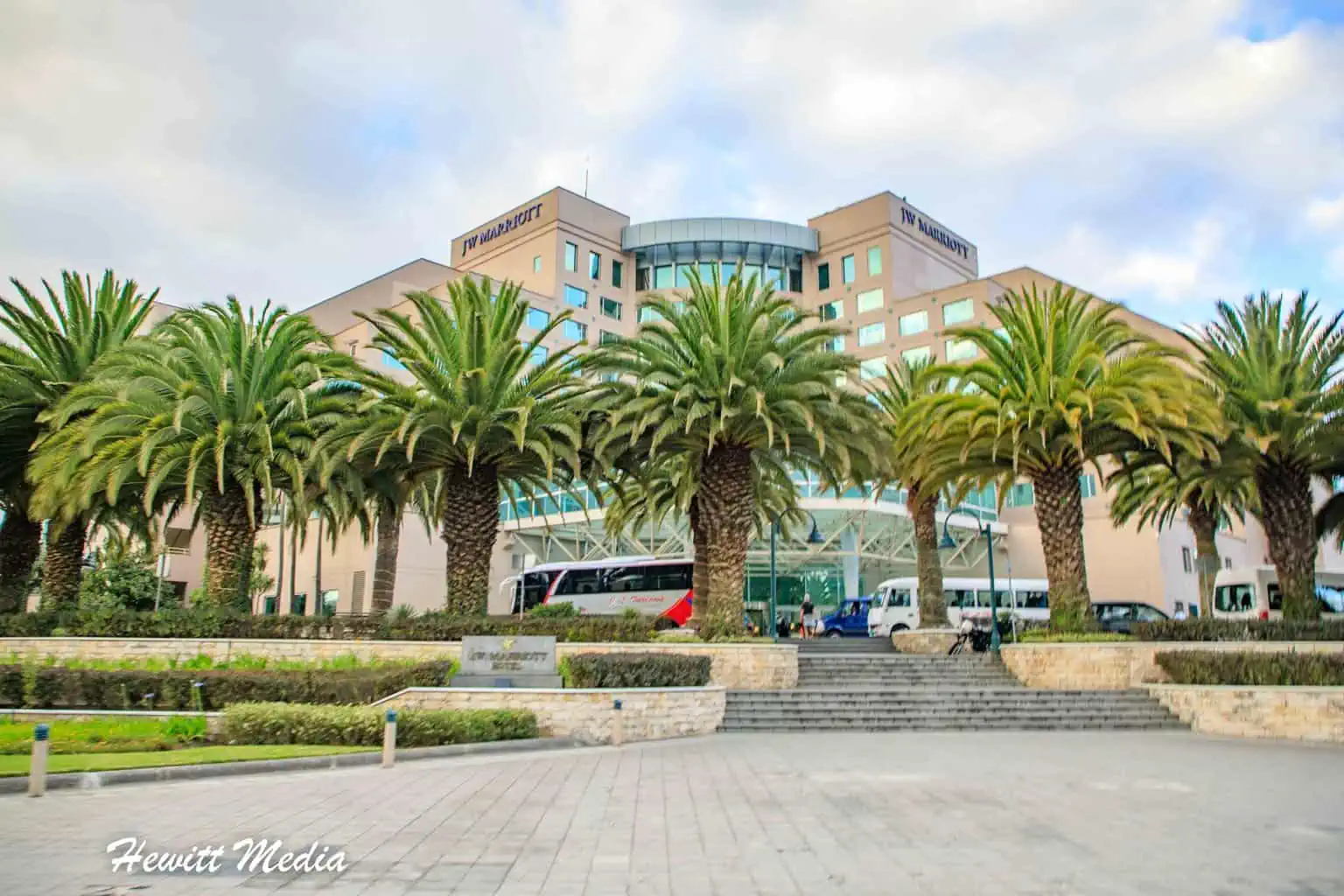
An important decision you need to make when planning your trip to Quito is where you will stay. When you travel, the accommodations you choose are oftentimes amongst the biggest expenditures for your trip.
So, not only do you need to be comfortable, but you need to be able to afford to stay there. Finding the right accommodations for your trip involves looking at the amenities, the location, and most importantly, the price.
If you are starting to plan your trip to Quito, you may be looking for some hotel and hostel suggestions. I included some great options at different price points in my Quito, Ecuador visitor guide below. As always, don’t be afraid to expand your search to room-sharing sites such as Airbnb or VRBO if you aren’t finding a hotel or hostel that meets your needs.

Where to Eat in Quito, Ecuador
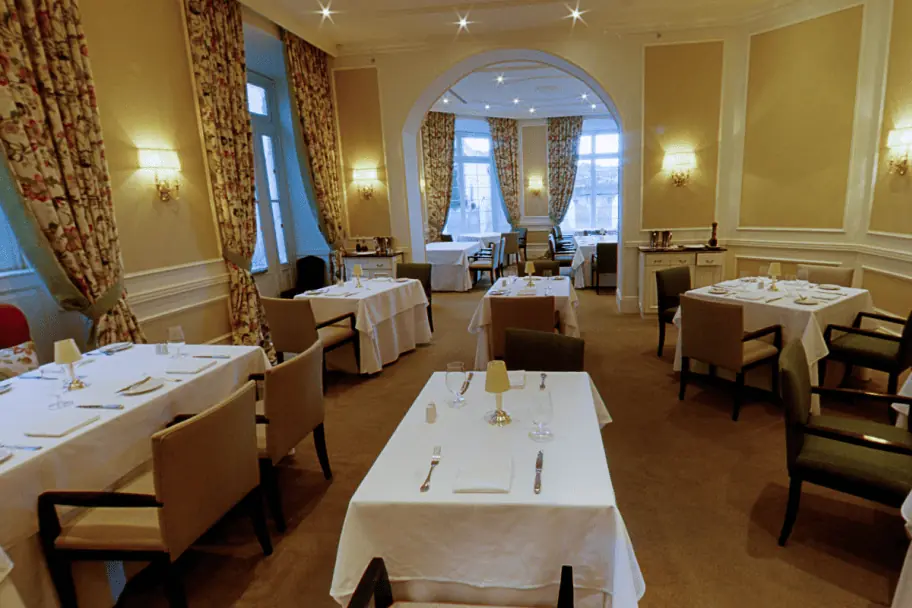
In addition to all of the wonderful things to see and do within Quito, the local cuisine is very popular with tourists who visit. There is no shortage of great restaurants, cafes, and street food vendors for you to sample during your stay. If you are looking for some recommendations, I have included several highly-rated restaurants for you to review in my Quito, Ecuador visitor guide below.
| Restaurant | Cuisine | Price |
|---|---|---|
| Restaurante Maitane | Seafood, European, Spanish | $$-$$$ |
| SOMOS Restaurante Ecuador | Latin, Ecuadorean, Contemporary | $$-$$$ |
| URKO Cocina Local | Latin, Ecuadorean, Veggie | $$-$$$ |
| De La Llama | Soups, Latin, Seafood | $$-$$$ |
| Osaka | Peruvian, Fusion, Vegan | $$$$ |
| Casa Gangotena Restaurant | Ecuadorean, International, Veggie | $$$$ |
Recommended Tours in Quito, Ecuador
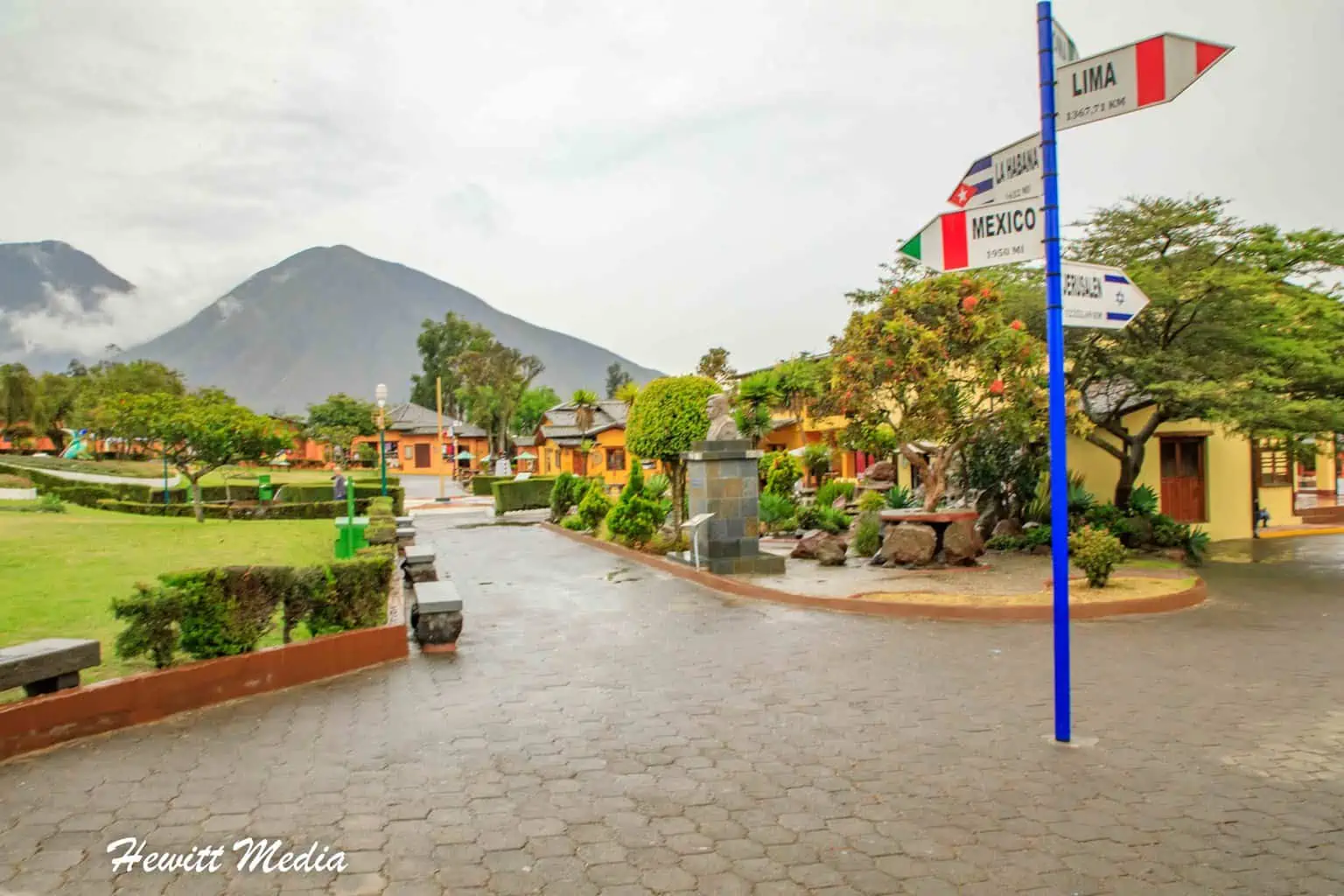
No trip to Quito is complete without a little bit of adventure. There is so much to see and do within the city and the surrounding area, that it is hard to know where to begin. If you are looking for some recommendations for tours and excursions to take during your stay, I have included some recommendations in my Quito, Ecuador visitor guide below.
Recommended Sightseeing Tours
Recommended Food and Drink Tours
Recommended Day Trips from Quito
Recommended Biking, Hiking, and Horseback Riding Tours
Recommended Multi-Day Tours from Quito
Recommended Airport Transfers
Quito, Ecuador Photo Gallery
Quito is one of those cities where you don’t really have to put in much effort to get some amazing photographs when you visit. With beautiful things around almost every corner, finding things to photograph couldn’t be much easier. If you would like to see some of the photographs that I took during my stay in Quito, I have included a gallery of some of my favorite images for you to review in my Quito, Ecuador visitor guide below.
If you would like to see more of my travel photography, I would also encourage you to give me a follow on Instagram. Putting this blog together to pass on my free guides, itineraries, and travel photography tips is a lot of work and your support in the form of a follow-on Instagram would be so very much appreciated!
FOLLOW ME!
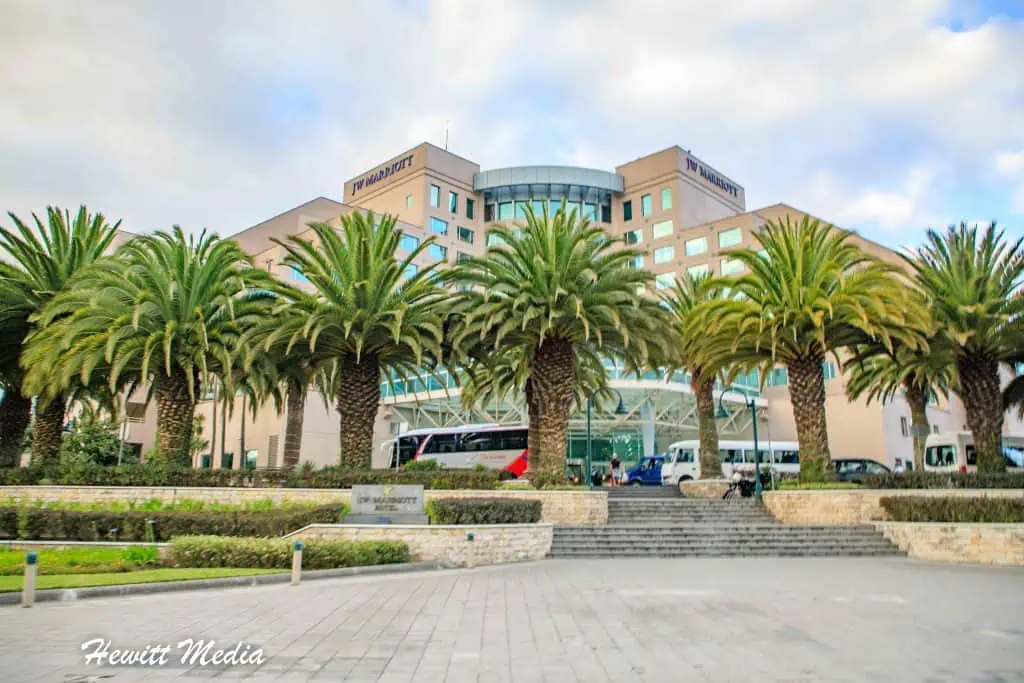
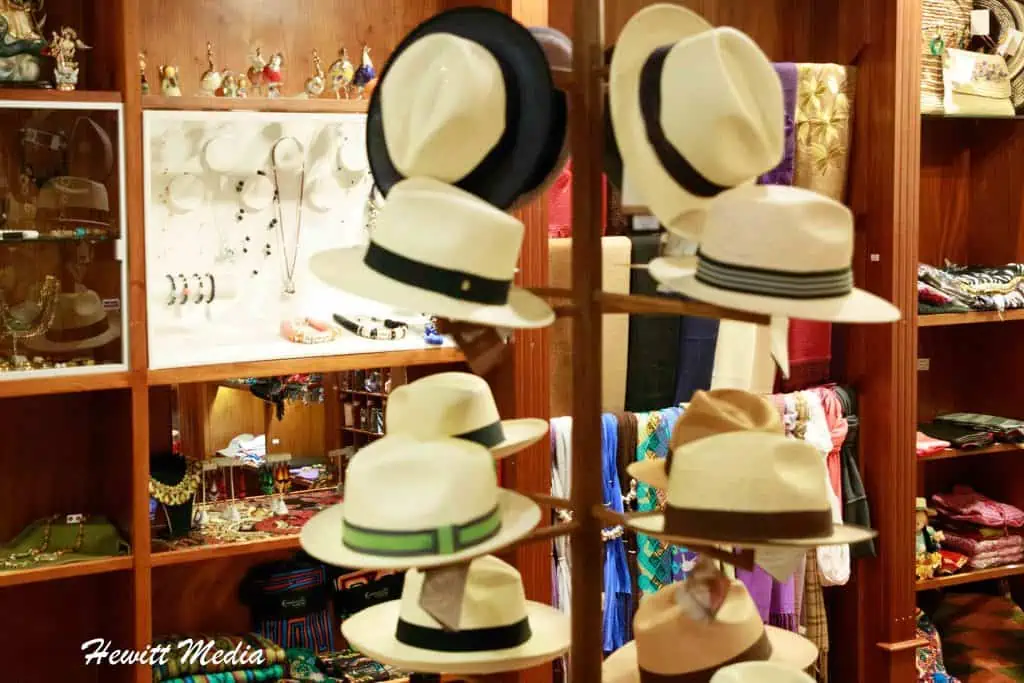
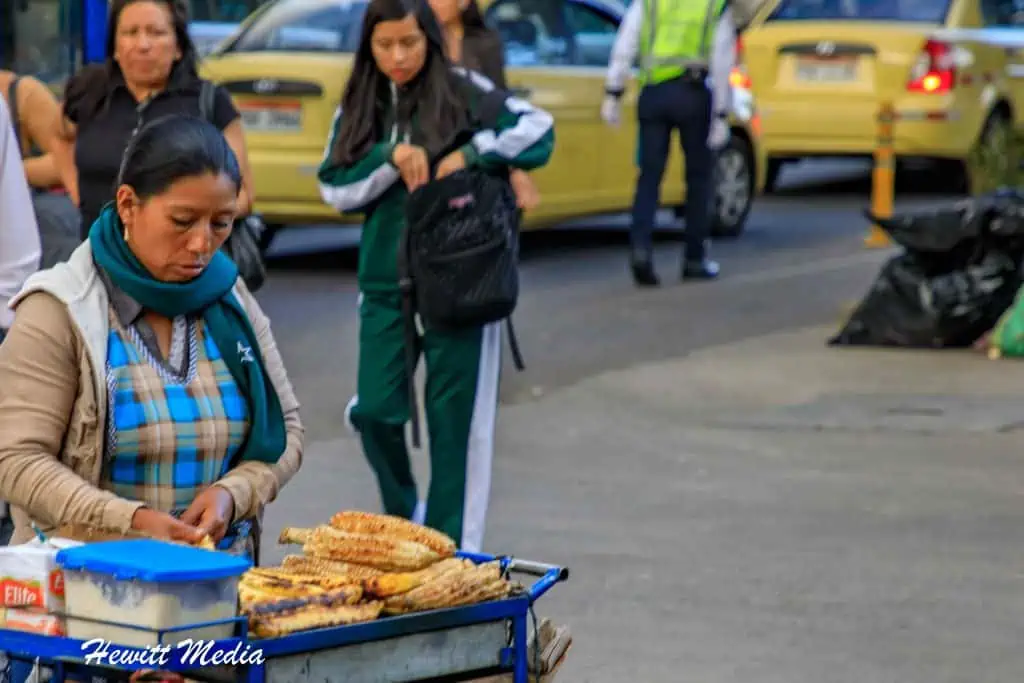
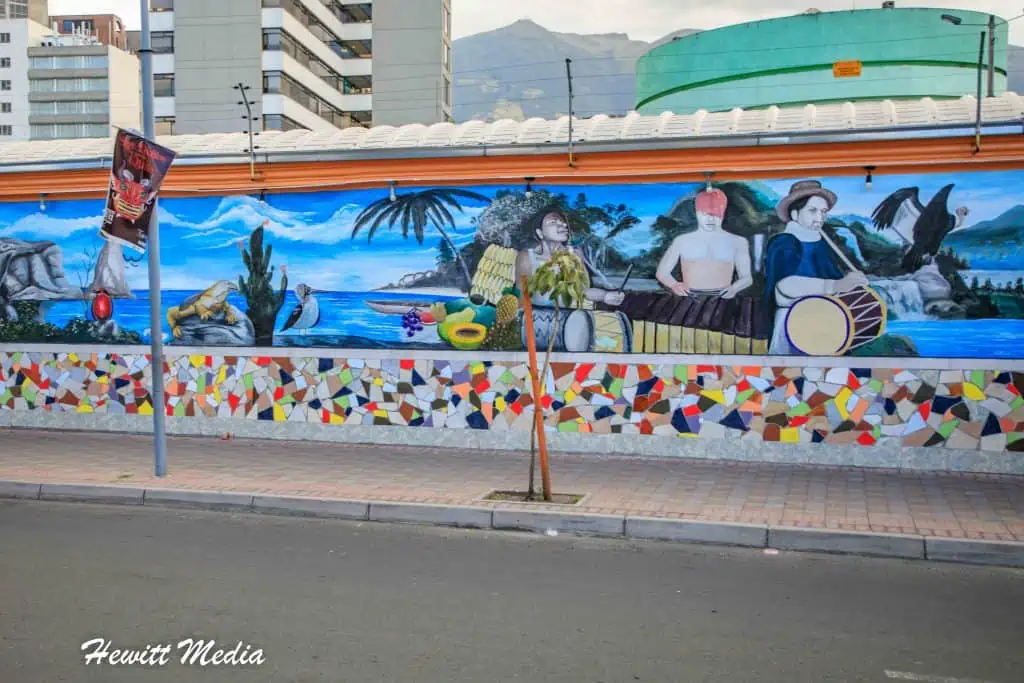
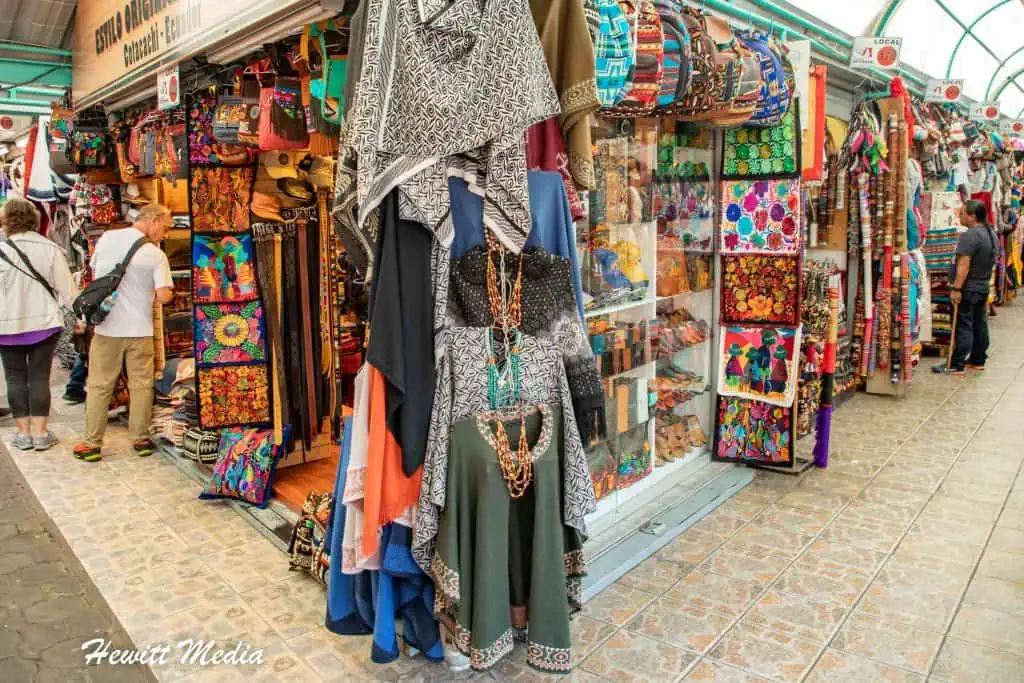
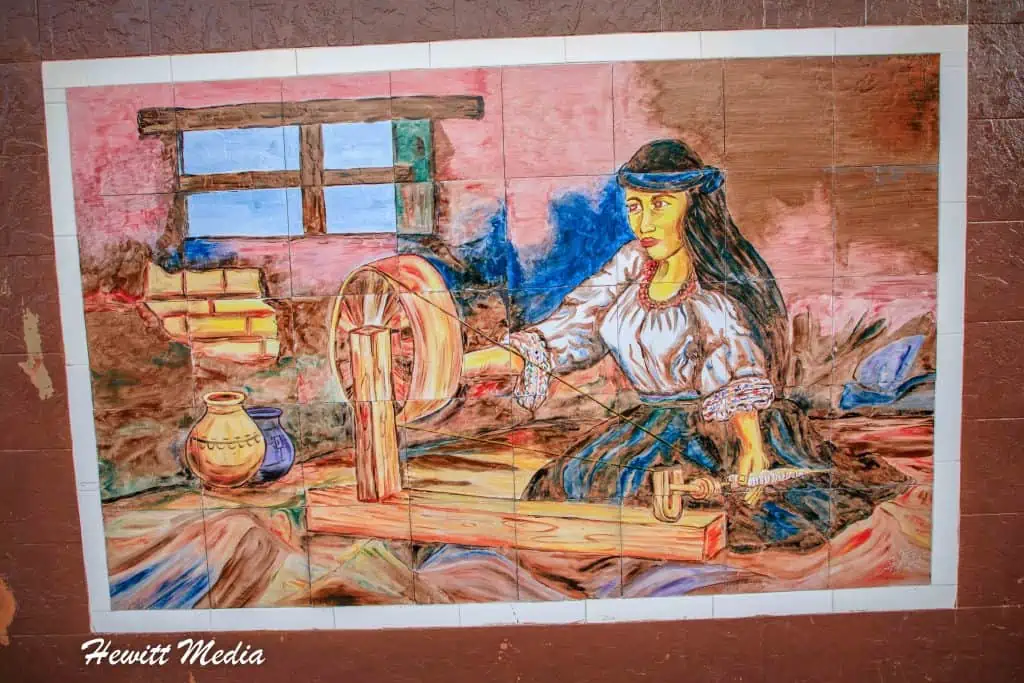
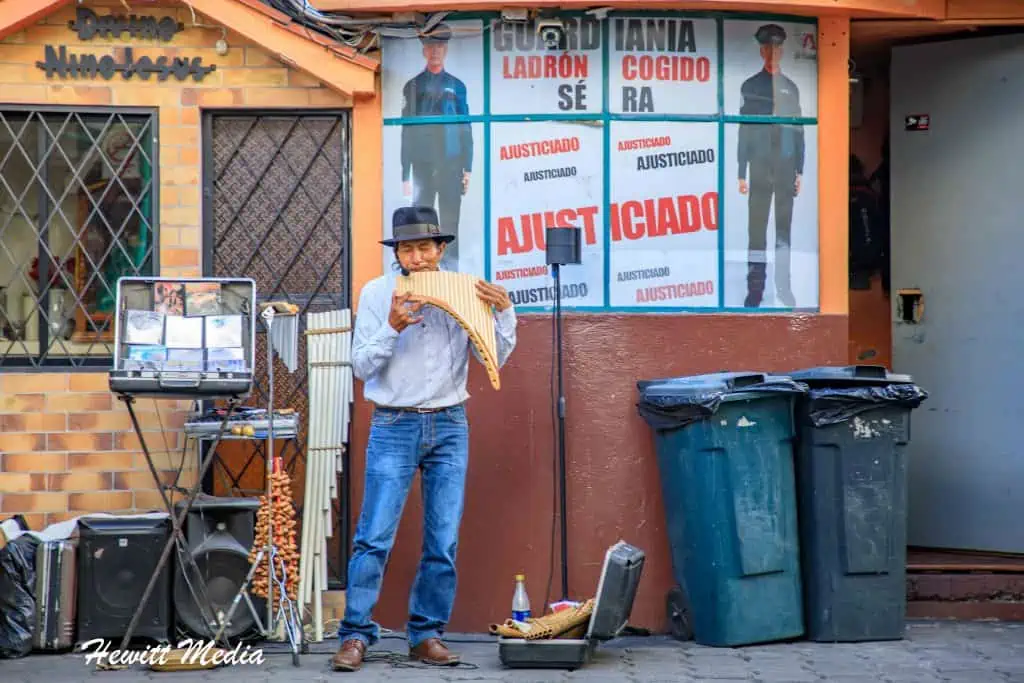
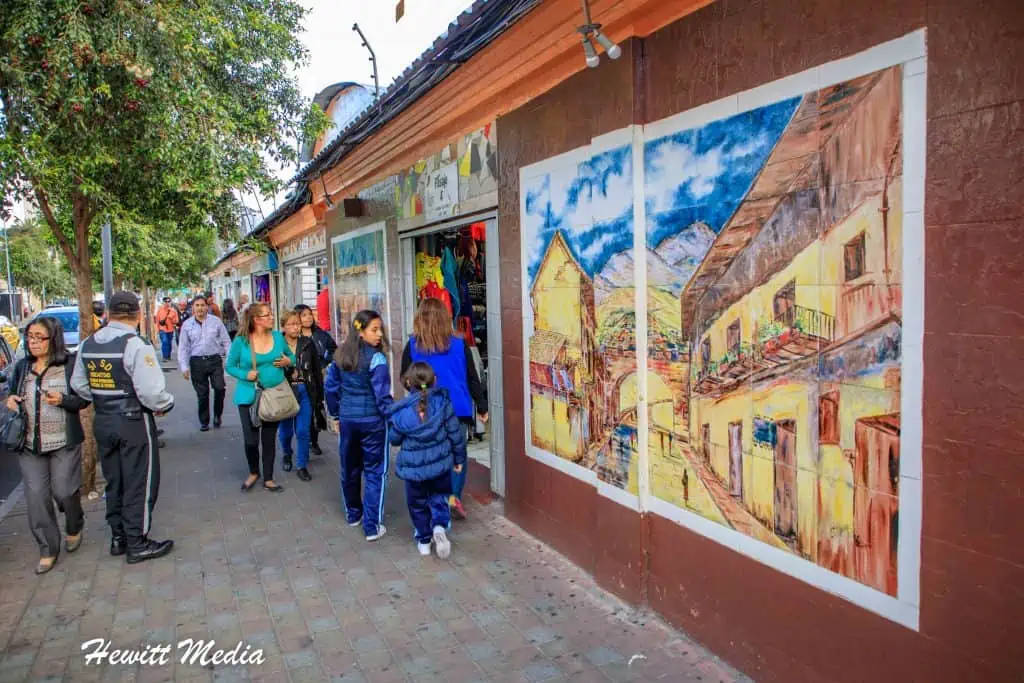
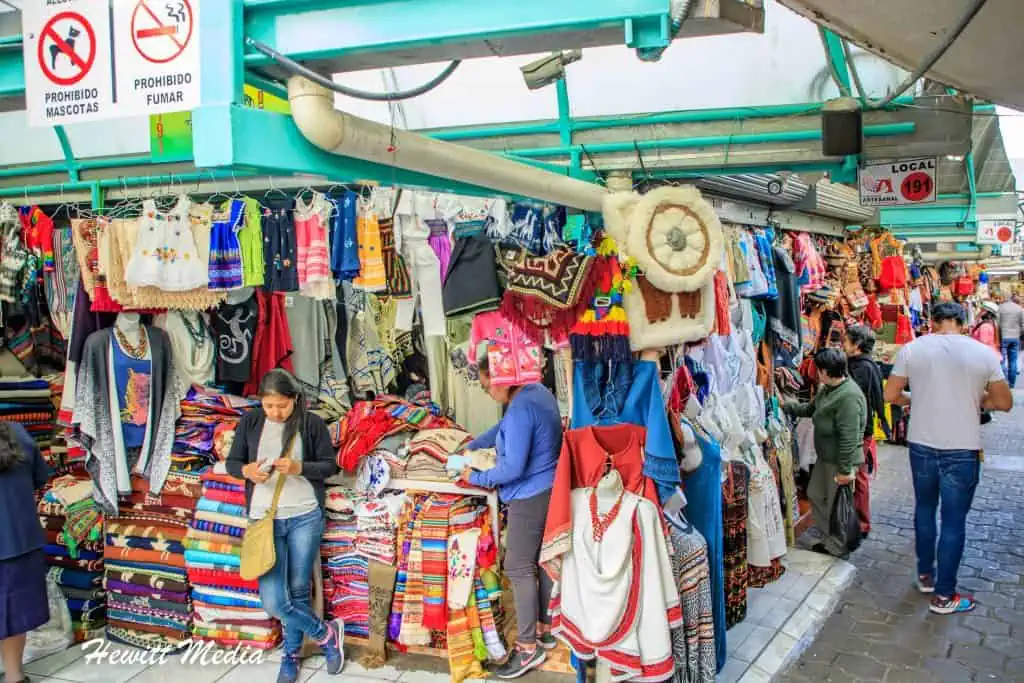
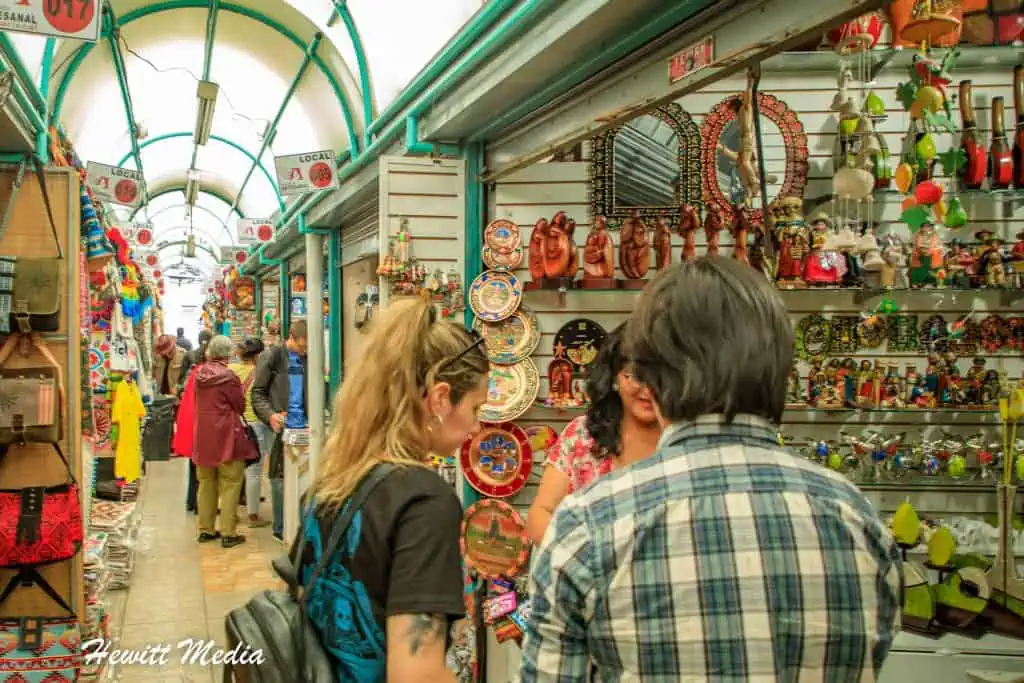
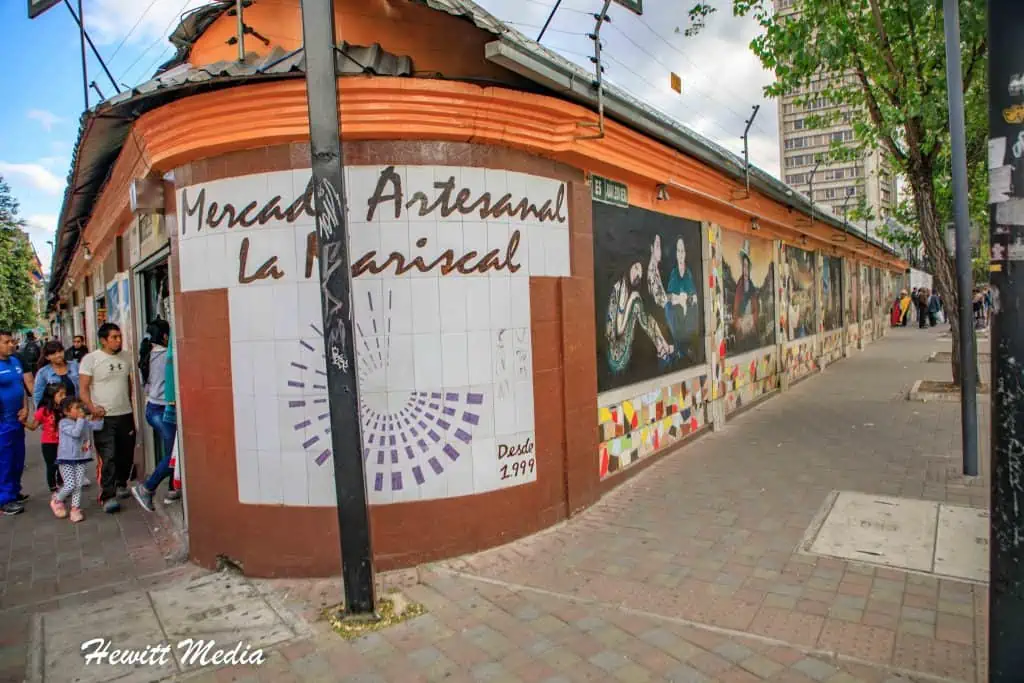
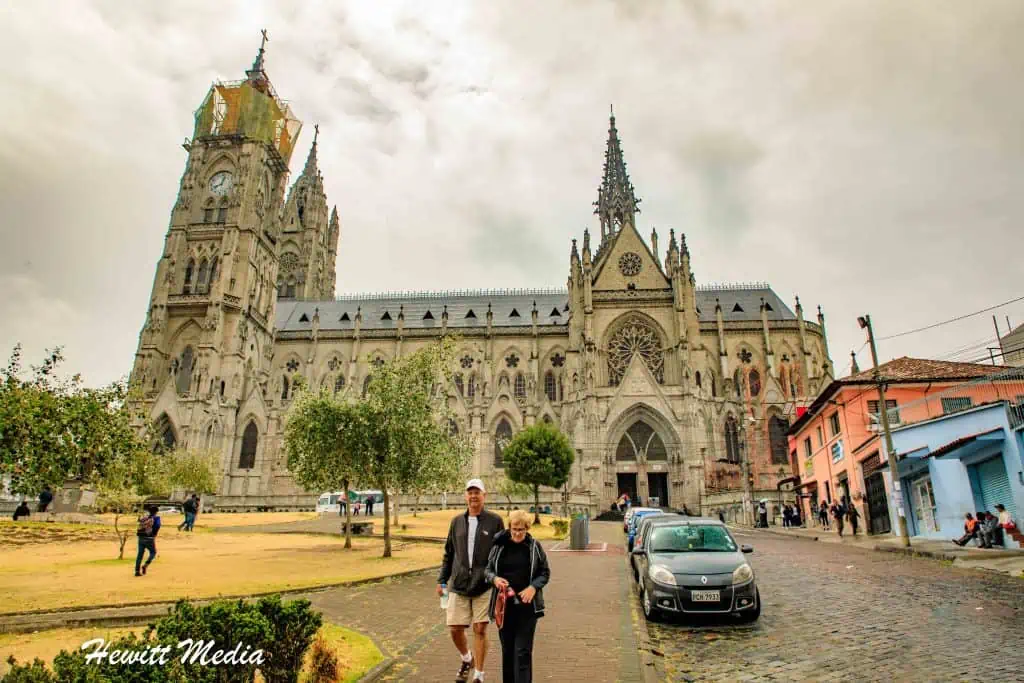
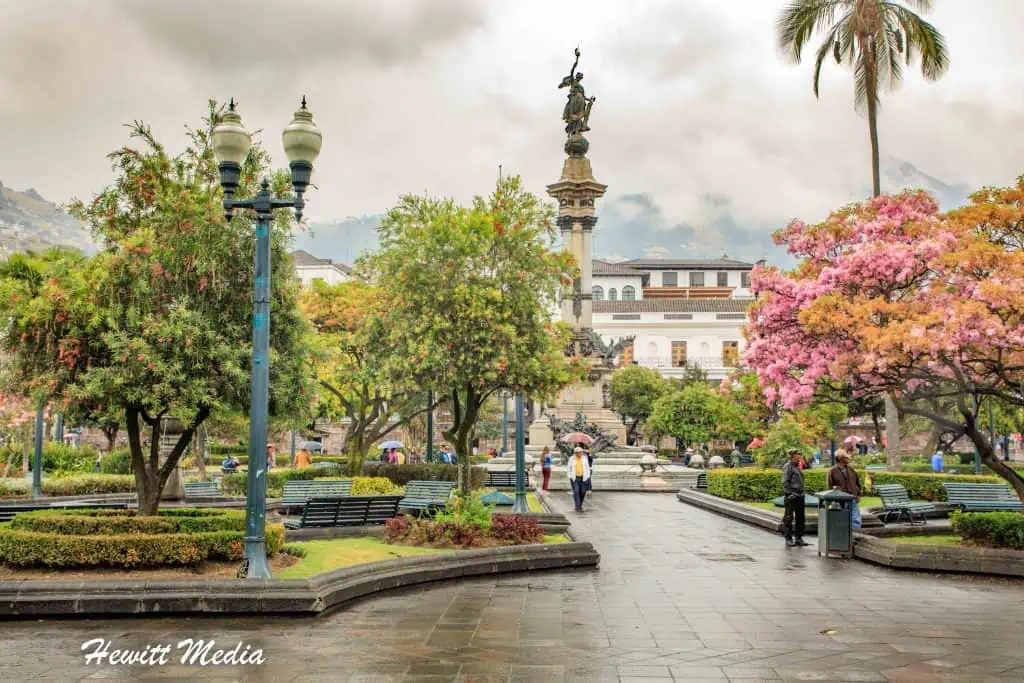
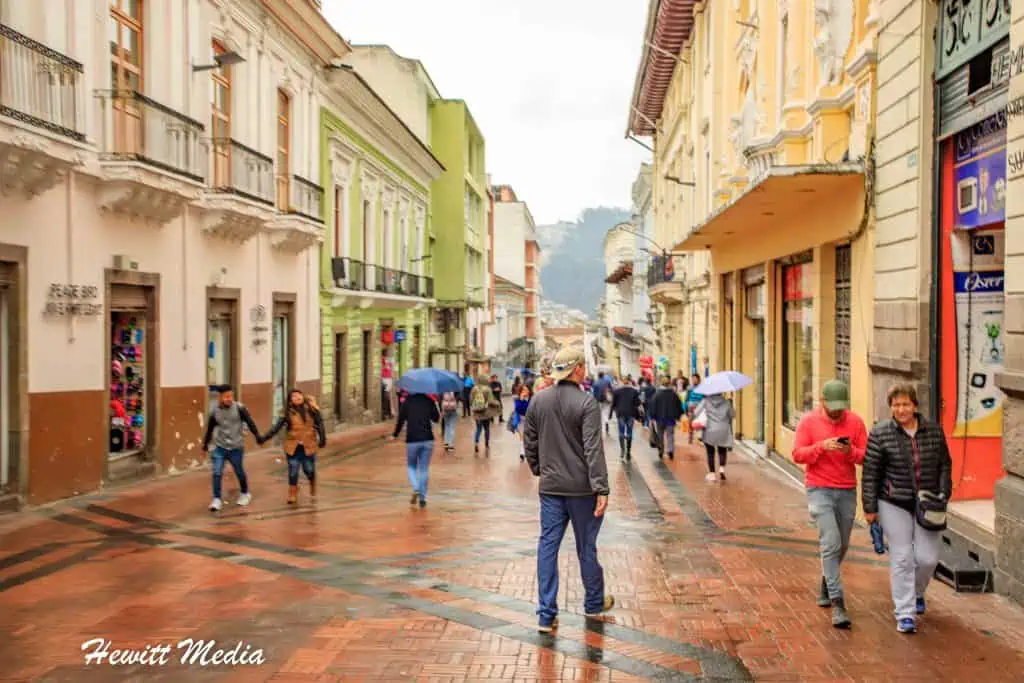
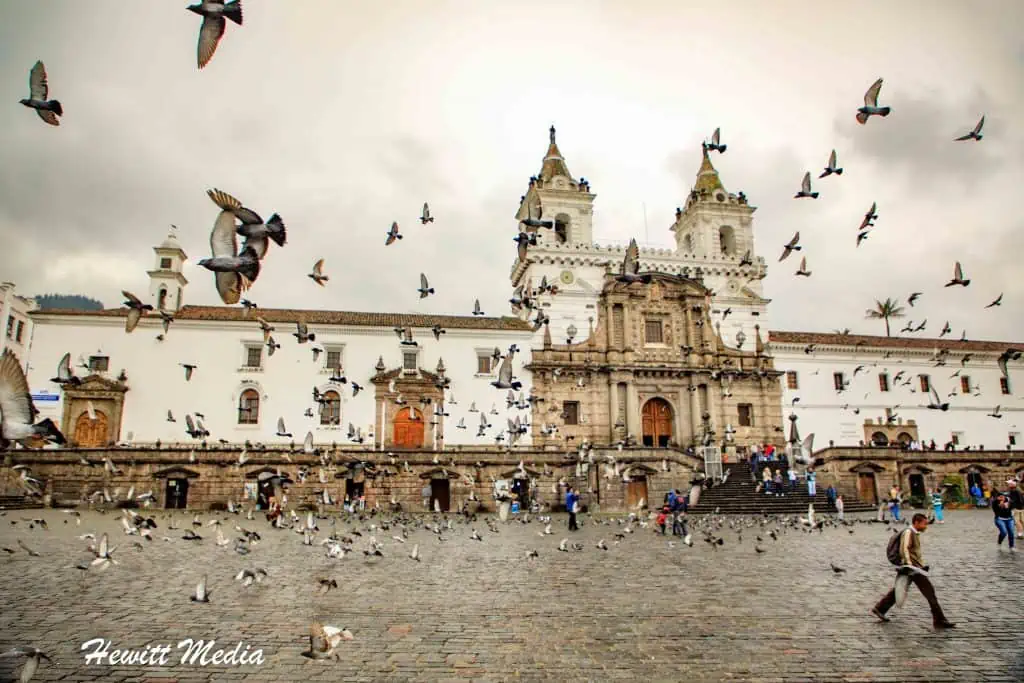
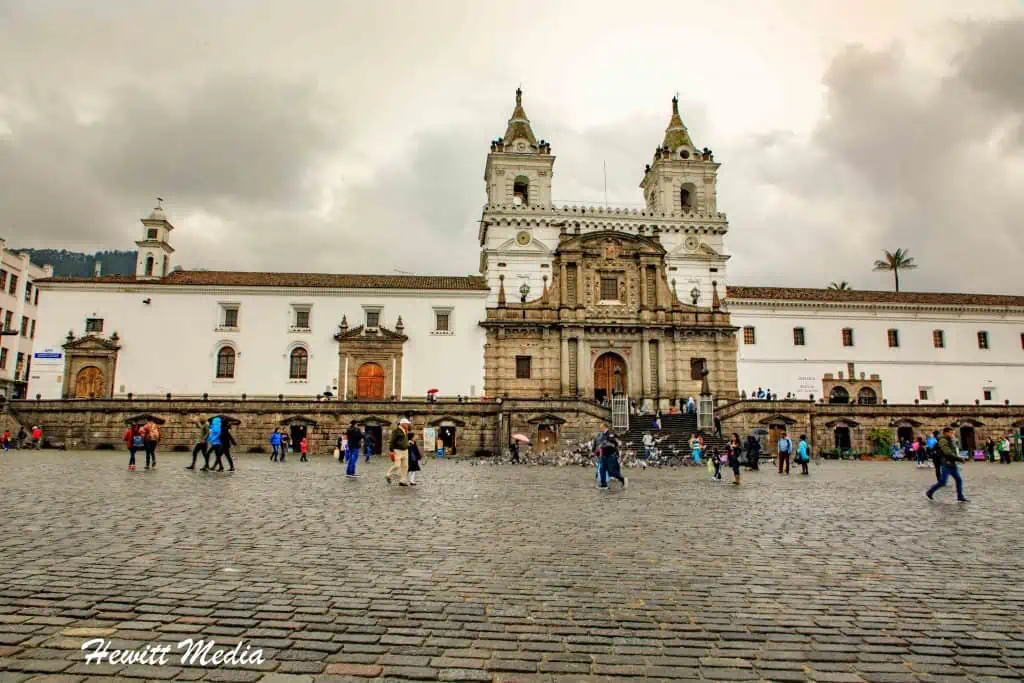
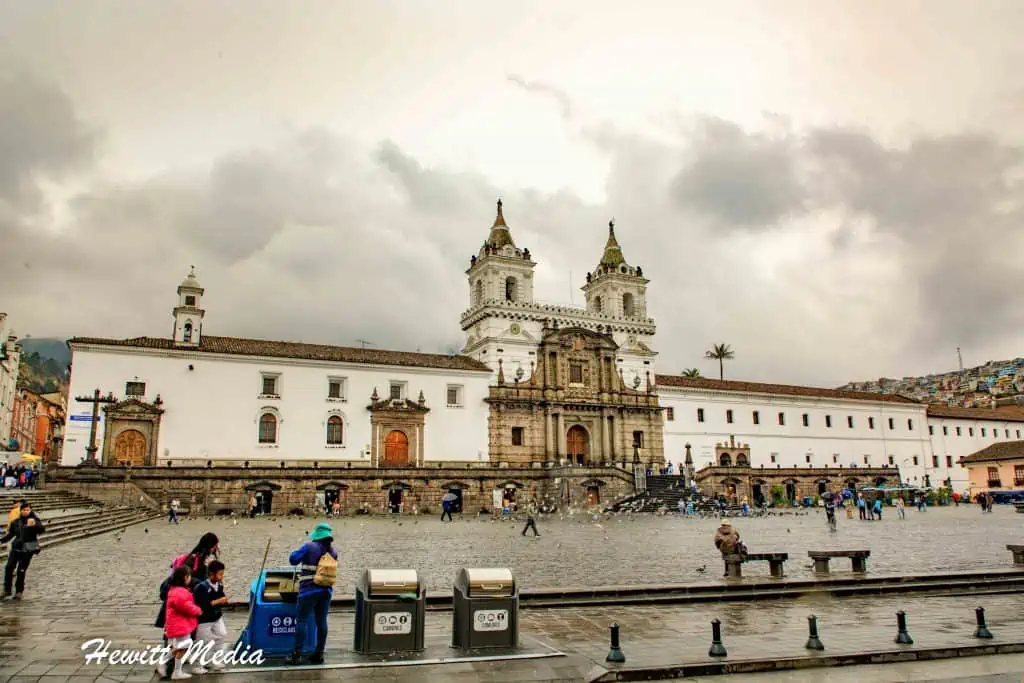


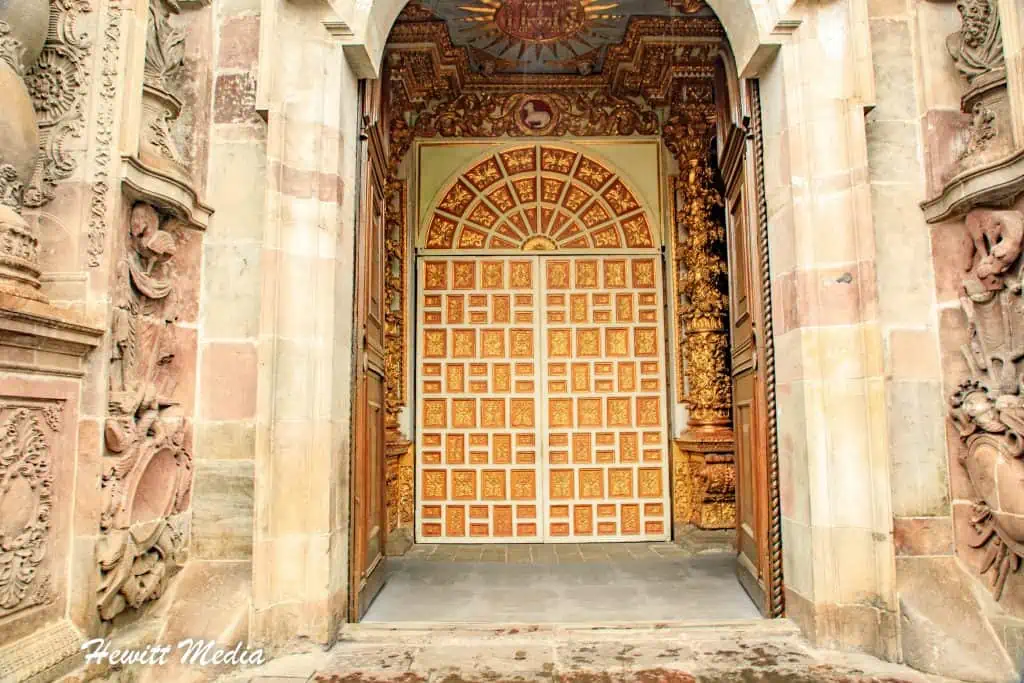
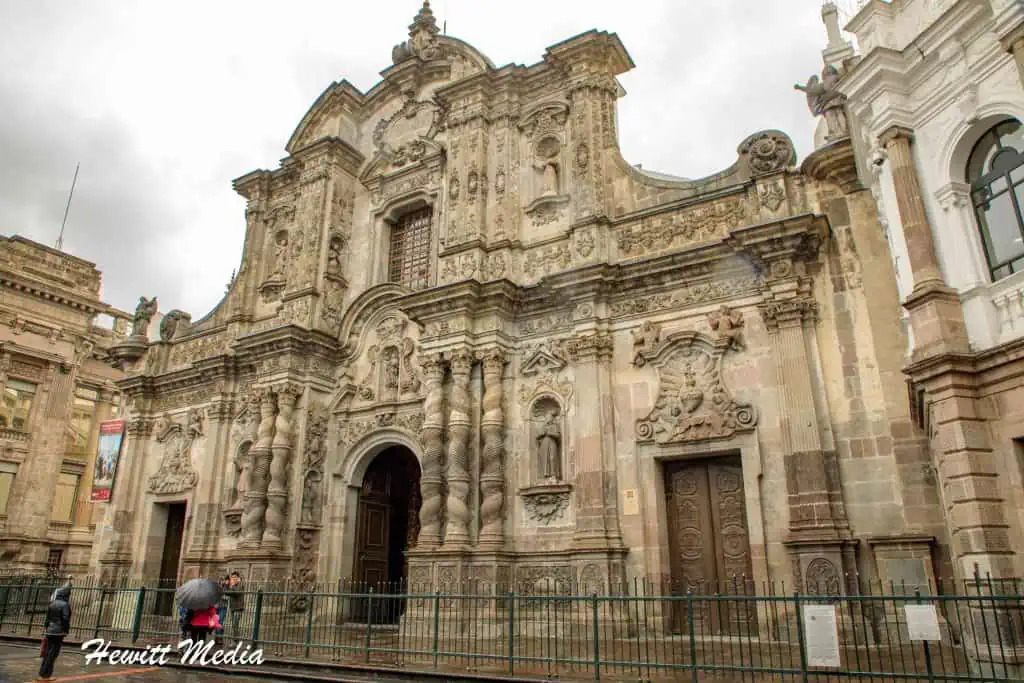
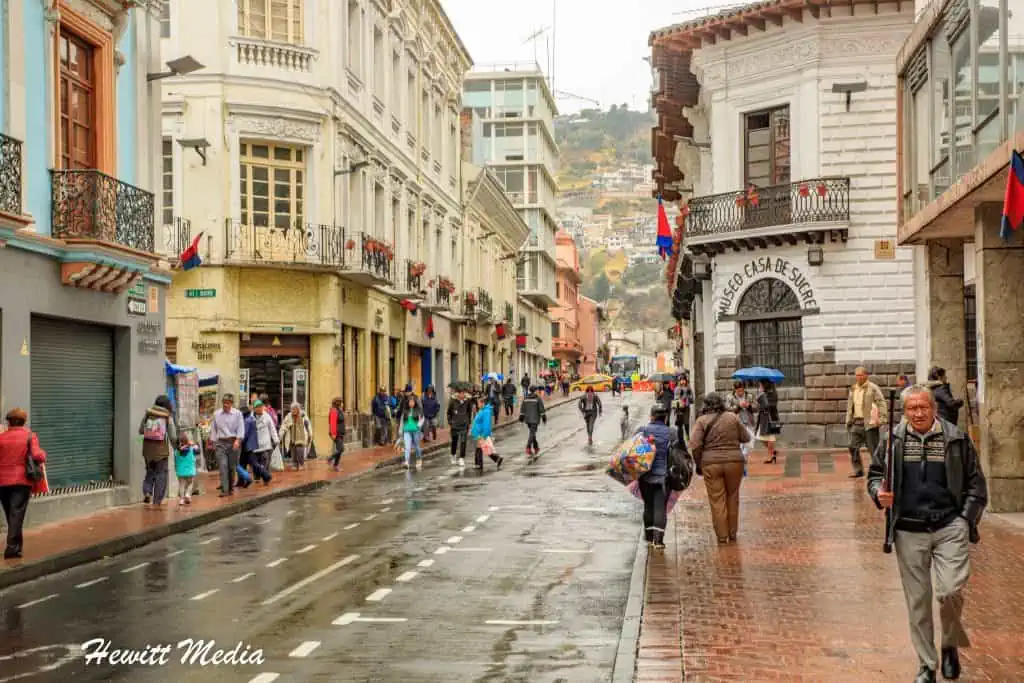
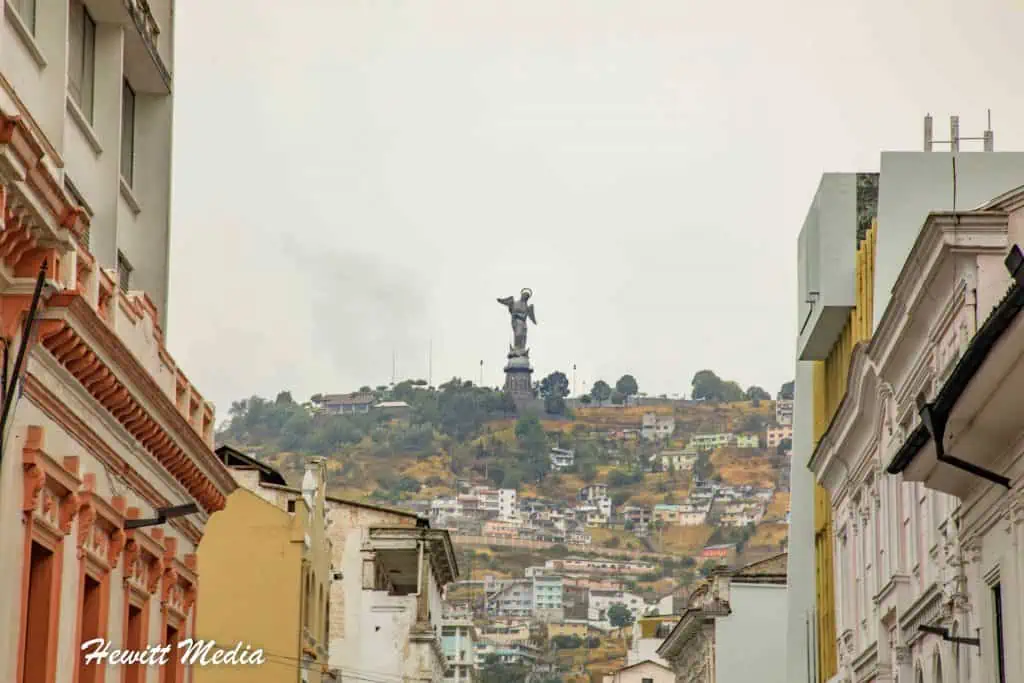
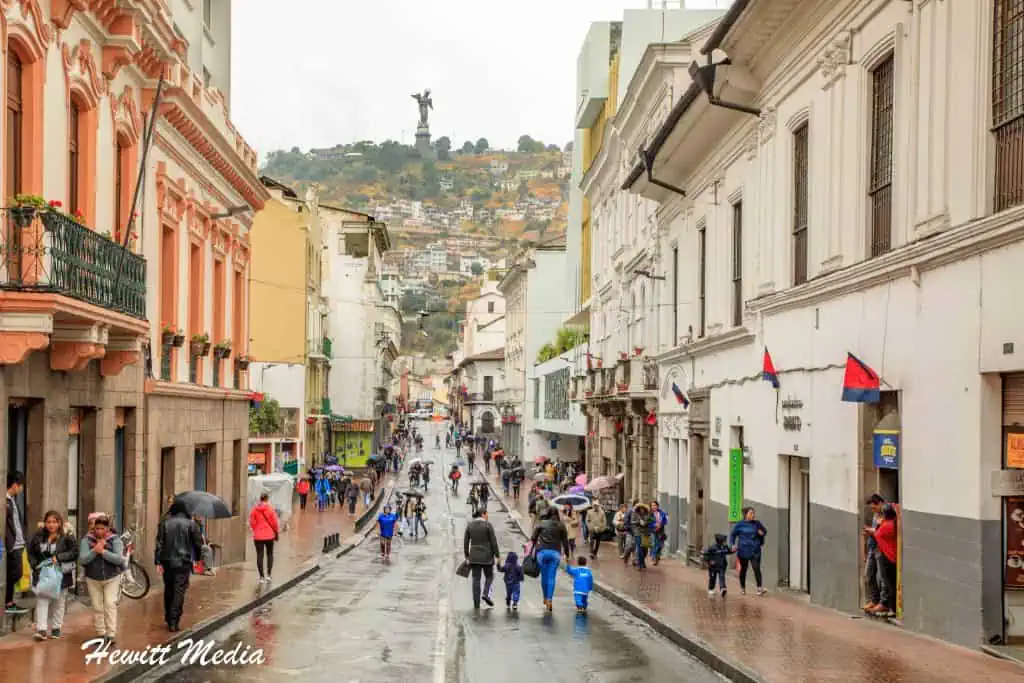
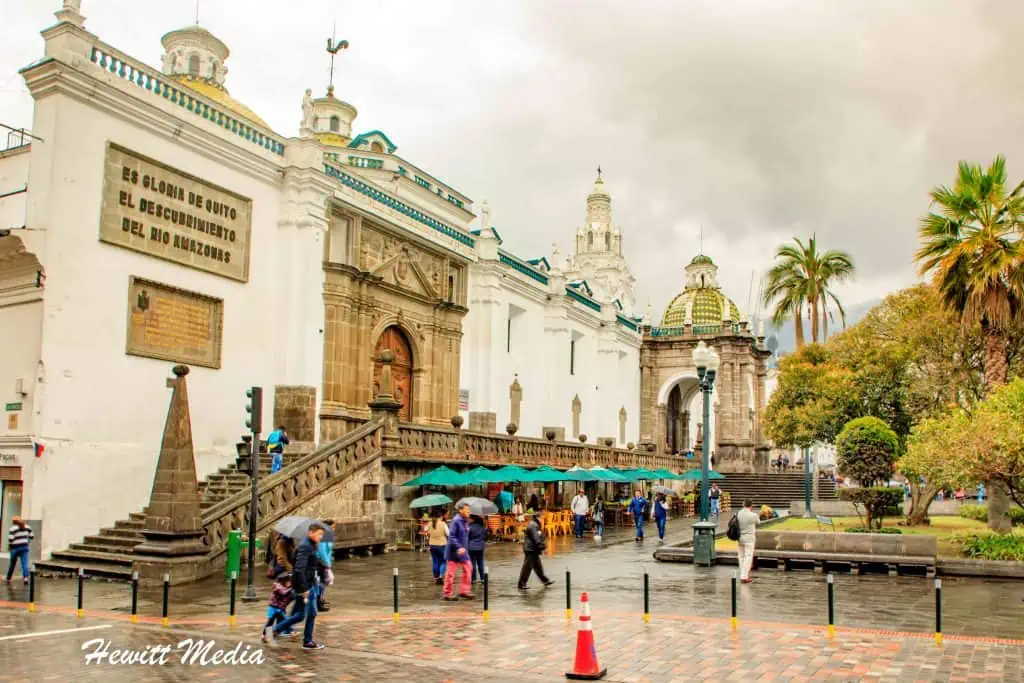

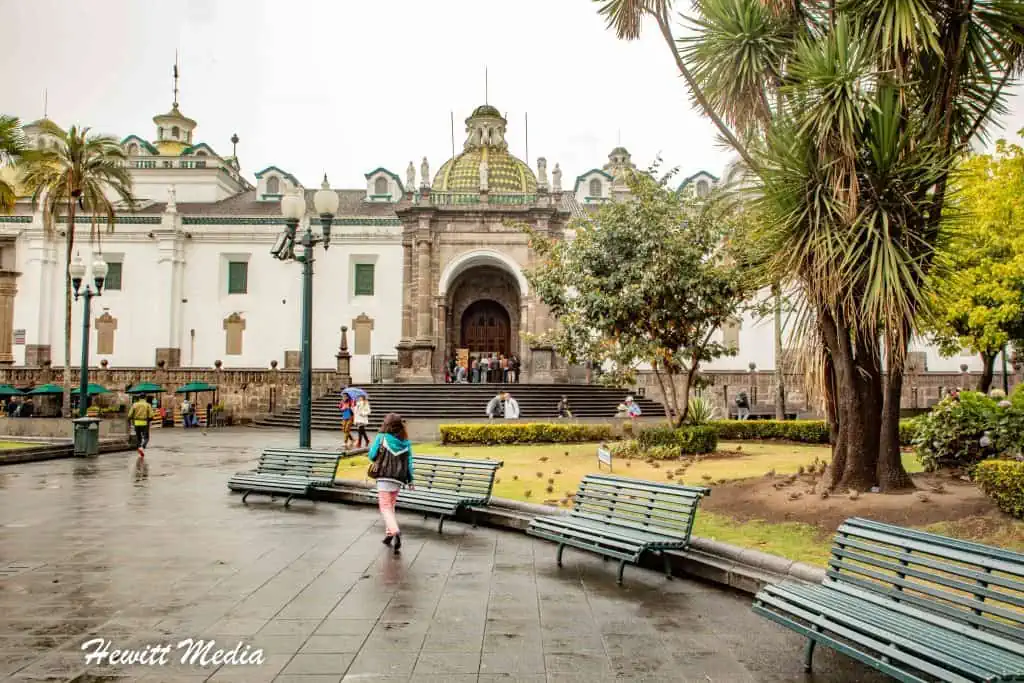
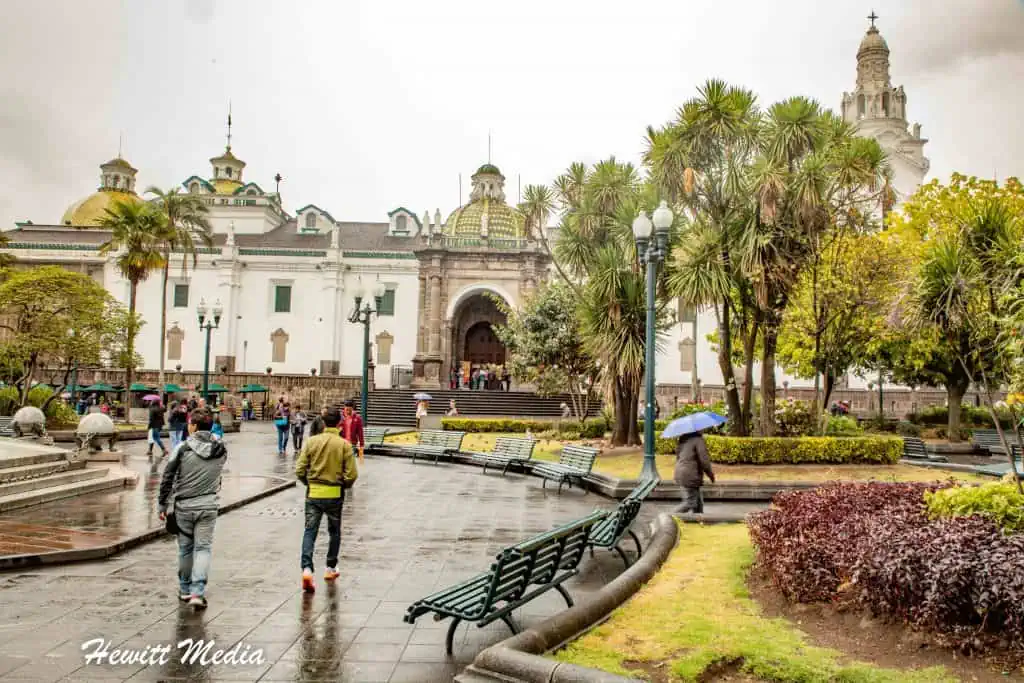
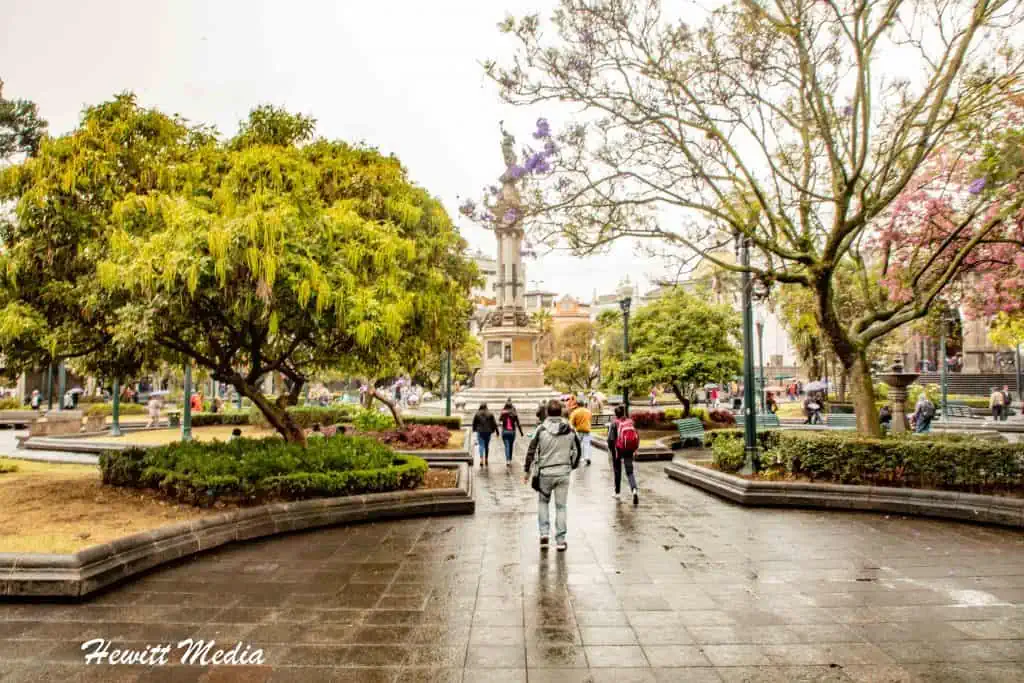
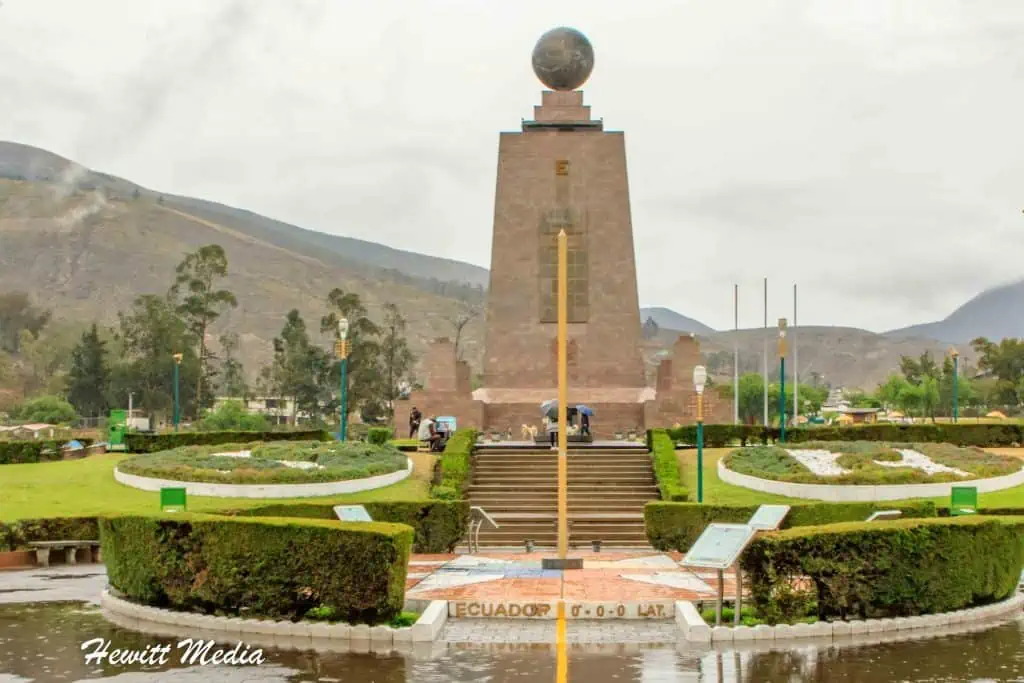
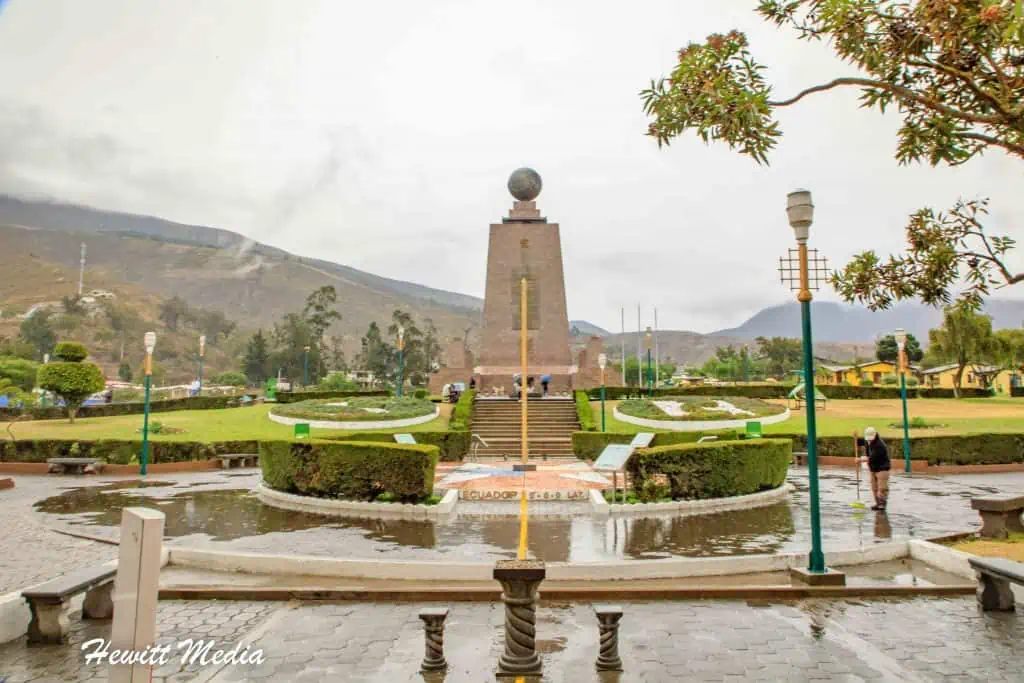
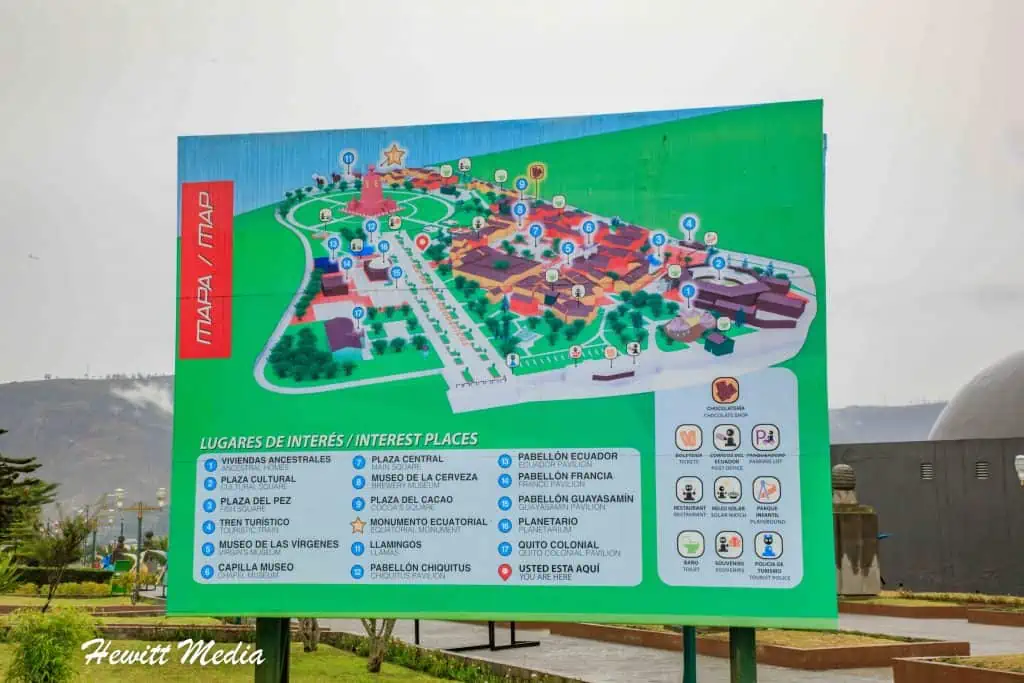
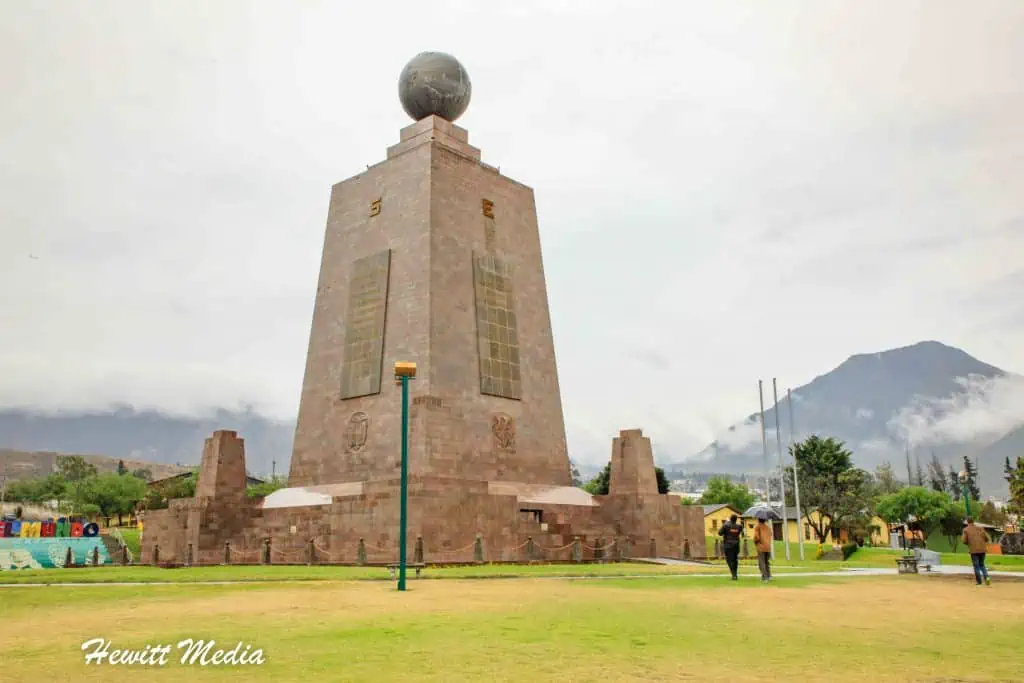
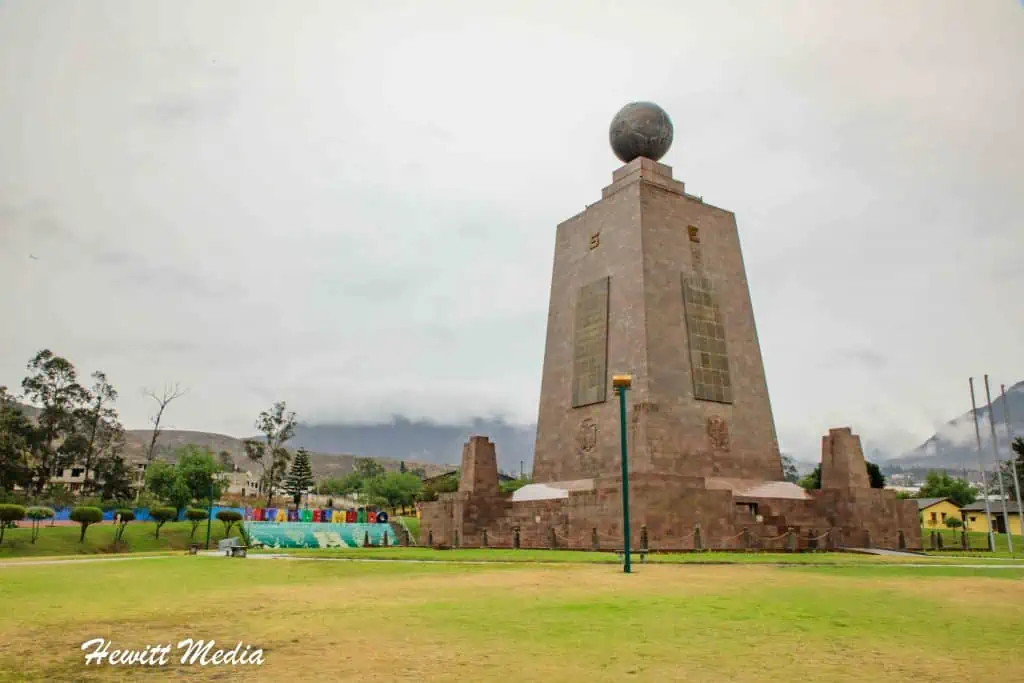
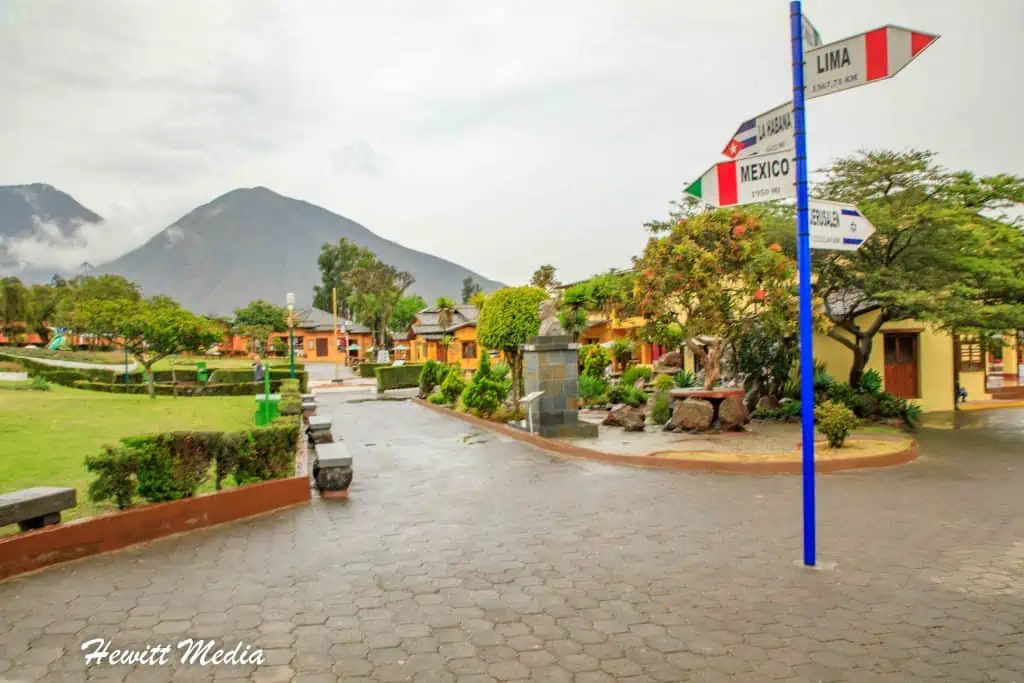
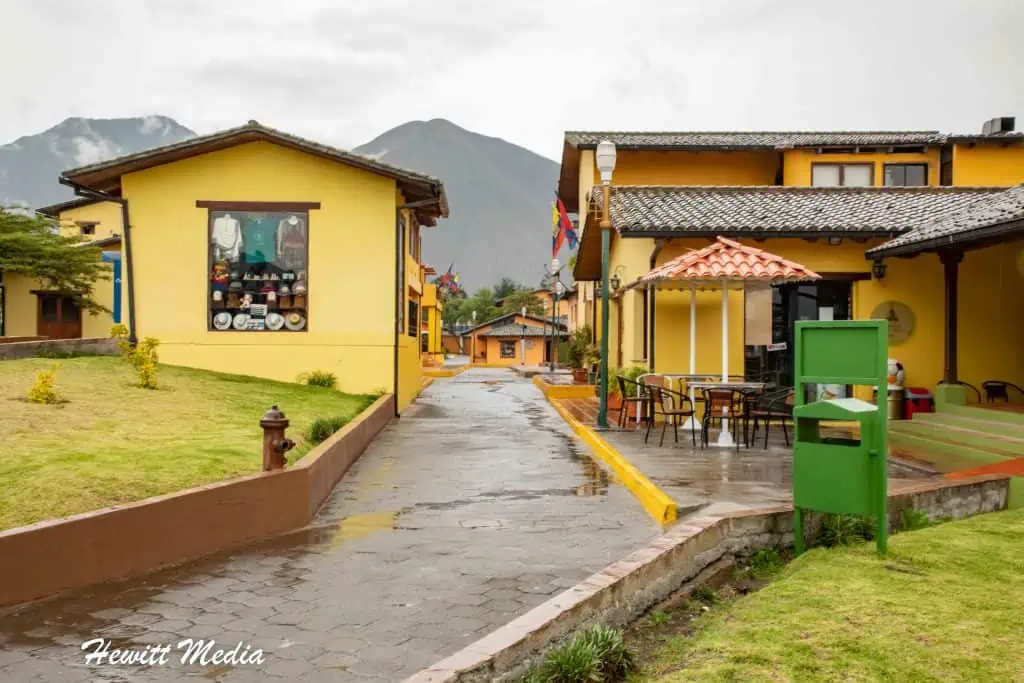
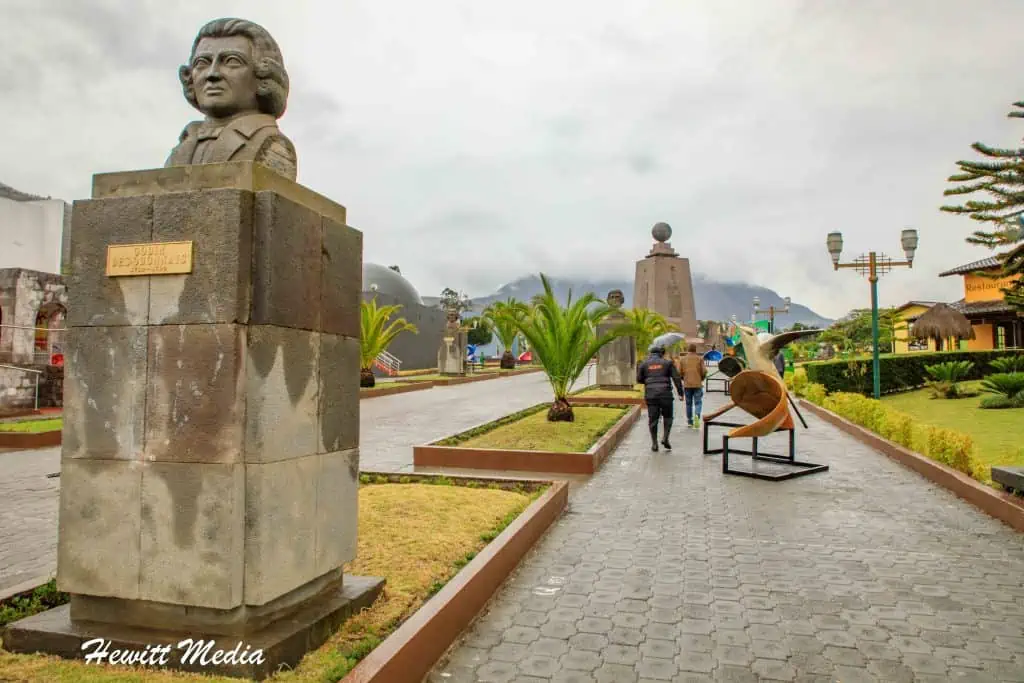

Don’t Forget to Subscribe to My Adventures!

Let Me Help You Save On Your Next Adventure!
‘Start Exploring Today’ Merchandise Available Now!









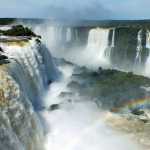
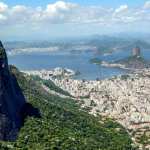

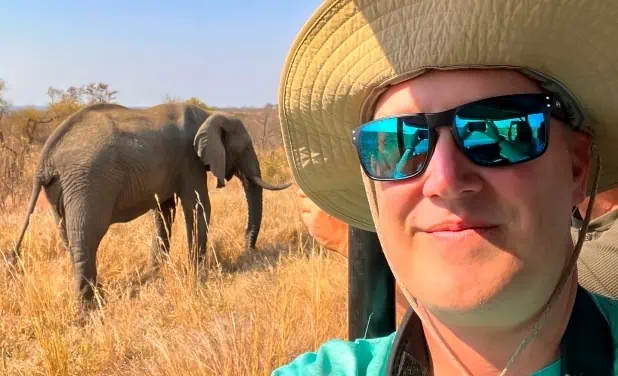
Oh my goodness! You know too much! Tell me you have a book or something?! South America has always interested us. We are a homeschooling family and want to do more world schooling; what are your thoughts on Ecuador with small children? I’m guessing wait until they’re in their teens, but wanted to check with you.
Thank you so much for the kind words!! I think Ecuador would be great for younger kids. We saw a number of families while in Quito and the Galapagos. It’s an amazing country! 😄
Really? Okay we will look into it when the world starts turning again; thanks for your reply.
No problem! Good luck and safe travels!
Hmmm… it kinda feels like the world is ending right now, so maybe they completed the cathedral?? Looks like a beautiful city – so cloudy though! Did you get any sun at all while you were there? Wonderful travel guide, as always.
Thank you!! It was very cloudy when we were there. Beautiful city though. Lots of American expats there. Also didn’t realize they use the US dollar. Fascinating!
That makes life easier!
Indeed!